At the centre of a party you have the brash, garishly dressed harpy in a spandex and lurex flesh-popping, bum-skirting bodycon dress. She’s swishing her long, over-straightened blonde hair in the hope that people, like magpies, will be drawn in by its glinting sheen. But she’s telling the story you’ve heard a hundred times.
The punchlines are obvious and overdone. It’s an opaque boast to show off her intellect and attractiveness. She’s hyperbolising, and the decibels are mounting, in order to suck more people in.
You draw near, but after a few superficial bites, you hit the bone. What appeared to be a sumptuous, resplendent, sticky chicken wing feast was just a scraggly bit of overhyped flesh, and you’re left with a sickly sweet taste, desperate for something more refreshing and with more interest.
That’s when you leave the centre of the room and go over to the quiet person in the corner: modestly dressed, elegant but not overstated, and initially slightly shy. But once you start talking, there’s no stopping - tantalising wit, layers of texture and depth, sweet enough but with refreshing zestiness that intrigues and keeps you going back for more. Guard this salad closely because when others' attention rapidly wanes they’ll be coming over here too. Food envy is not something to be treated lightly, so here’s the recipe:
Recipe
Ingredients (serves 4)
3 tbsp (60g) smooth peanut butter (unsalted preferably)
4 1/2 tsp (45g) honey
4 1/2 tsp sesame oil
4 1/2 tsp soy sauce
3 tbsp lime juice
15g finely grated fresh ginger
1 medium sized garlic clove, crushed
(optional) 1 small Thai red chilli, very finely chopped
230g red cabbage (approx 1 quarter of a cabbage)
1 red pepper
130g cucumber
3 spring onions
100g beansprouts
60g roasted and salted peanuts, crushed + 10g extra for serving
25g coriander, roughly chopped + 5g extra for serving
Method
- In a medium bowl, whisk together all the dressing ingredients until smooth and emulsified.
- Finely slice the cabbage horizontally (so the average piece is about 4cm long). Remove the stalk and deseed the red pepper, then slice finely horizontally.
- Slice the cucumber in half lengthways and, with a teaspoon, scoop out the seeds. Then slice finely lengthways and then in half horizontally to create matchsticks. Finely chop the spring onions. Then in a large bowl mix together the cabbage, pepper, cucumber, spring onions, crushed peanuts & roughly chopped coriander.
- Pour the dressing over, and mix through. Scatter with extra crushed peanuts and then the chopped coriander, and serve. If you are making in advance, prepare the salad ingredients and dressing separately, and pour the dressing on just before serving.

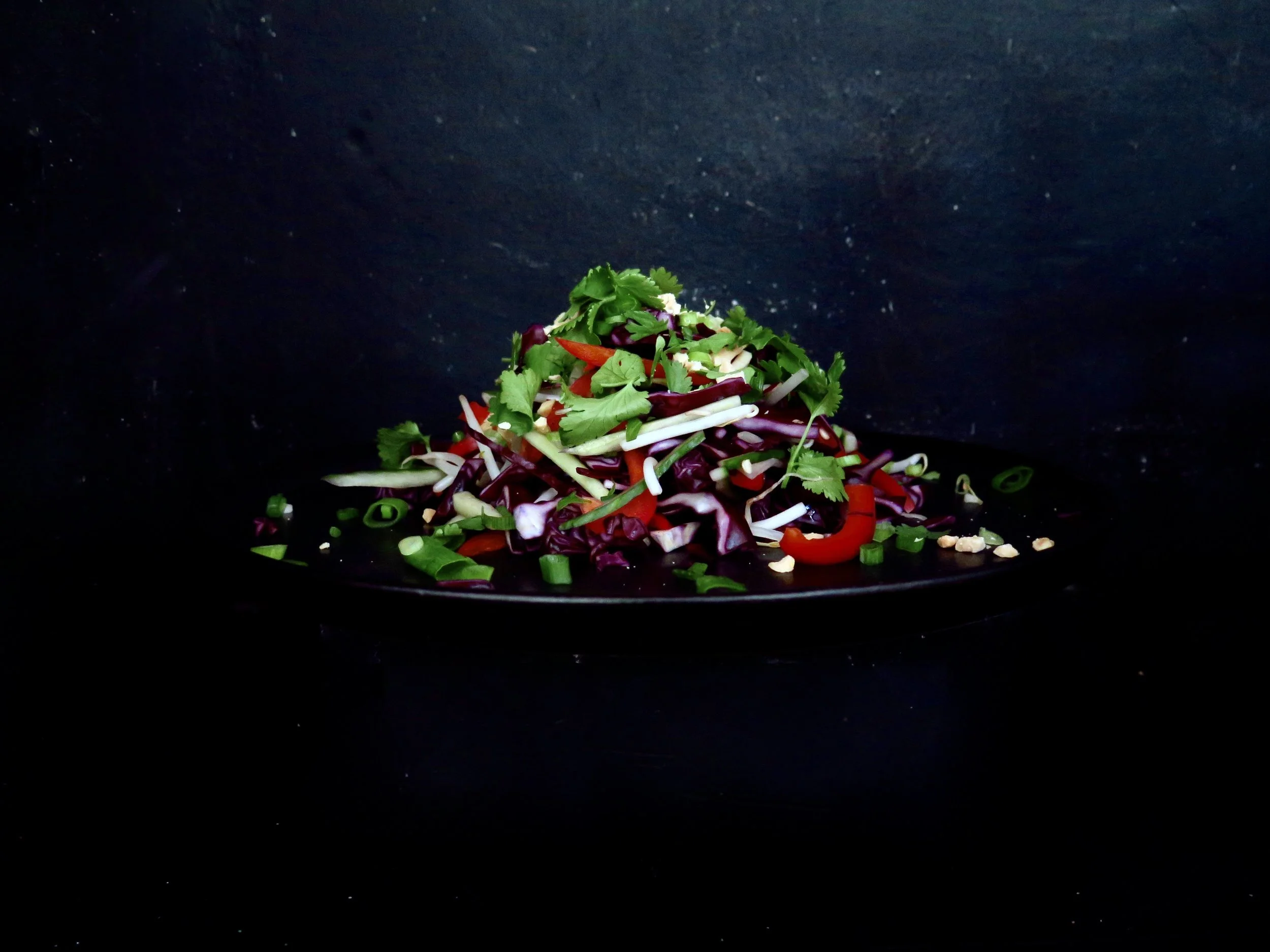







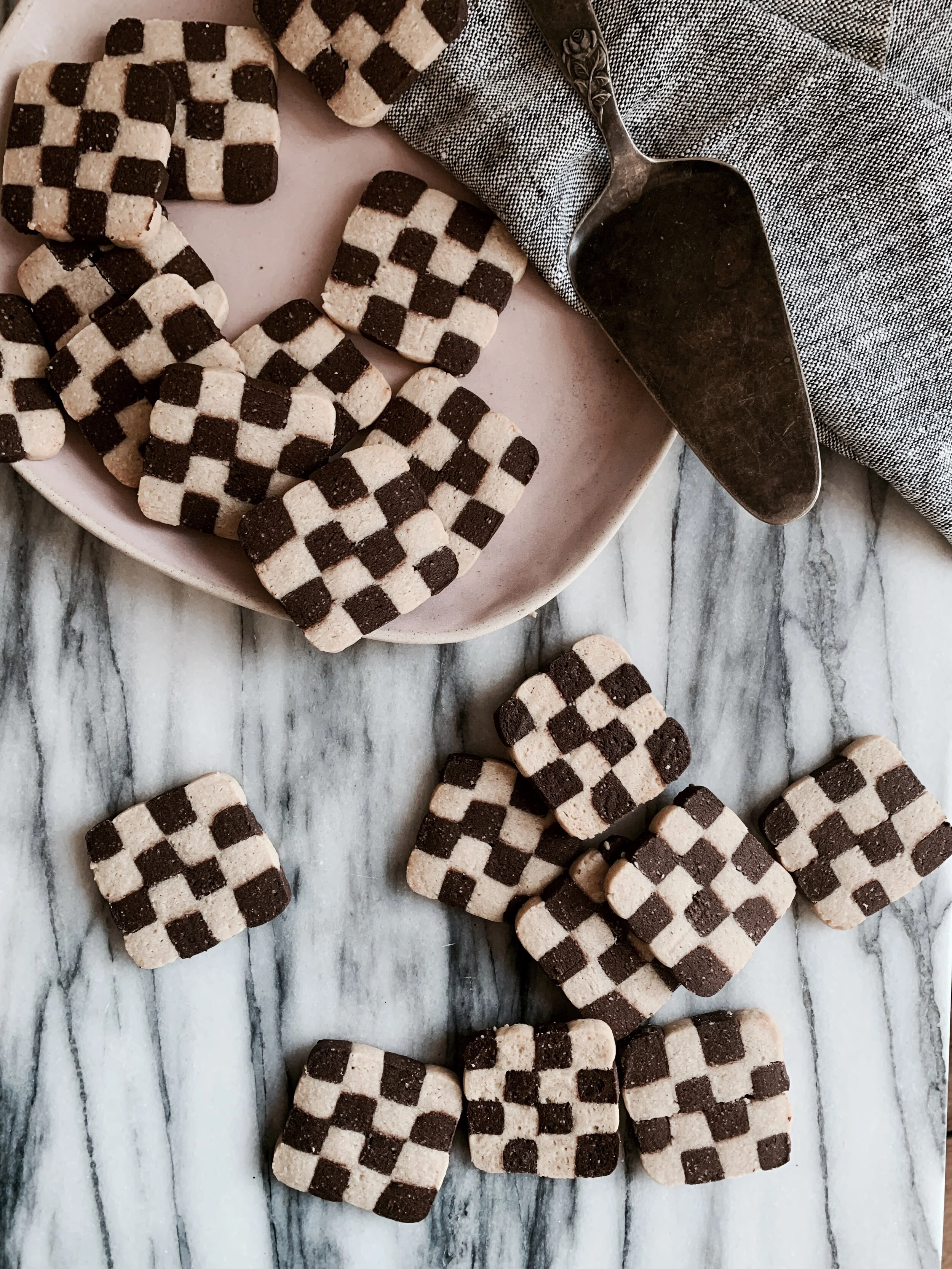




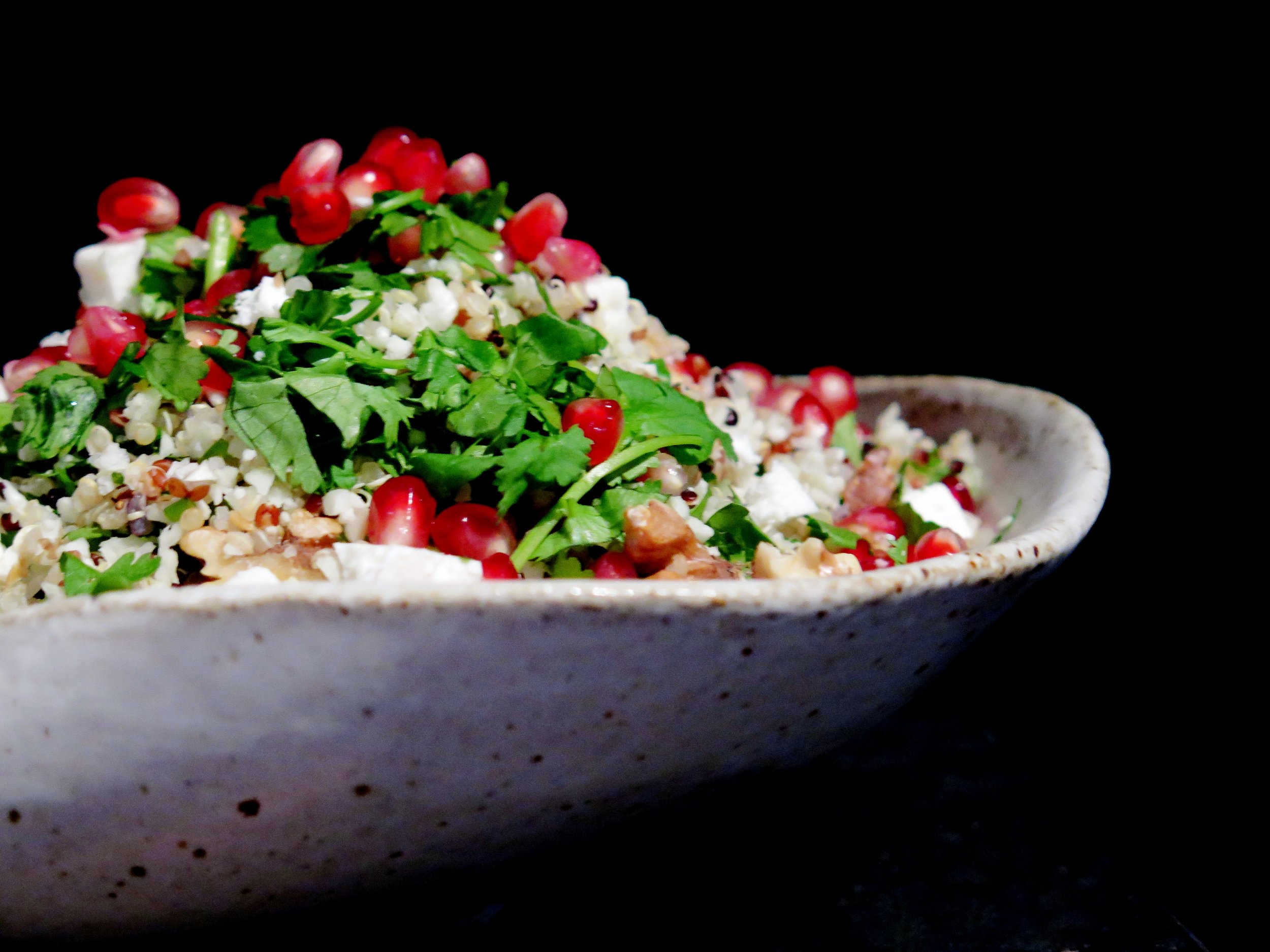


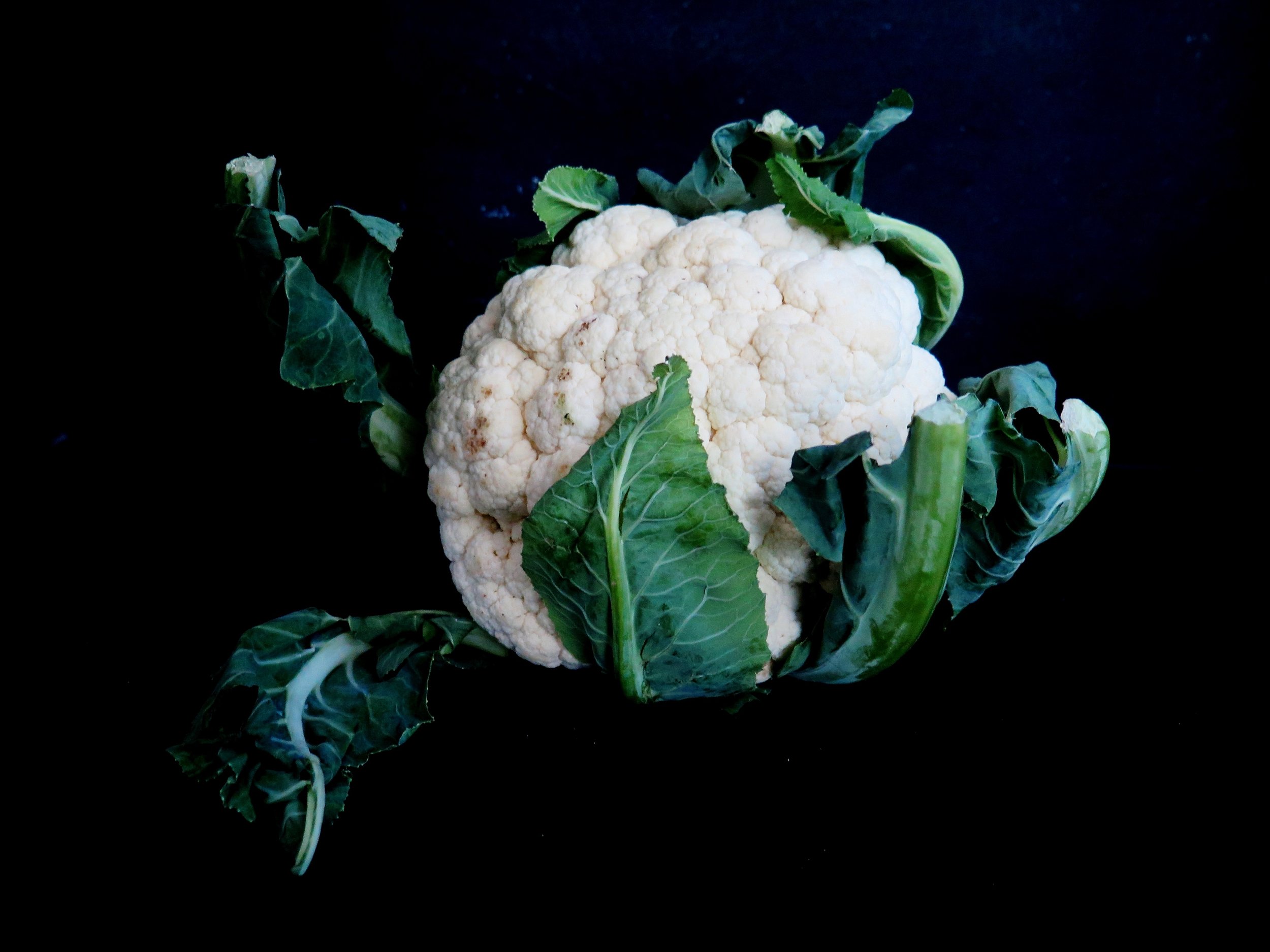

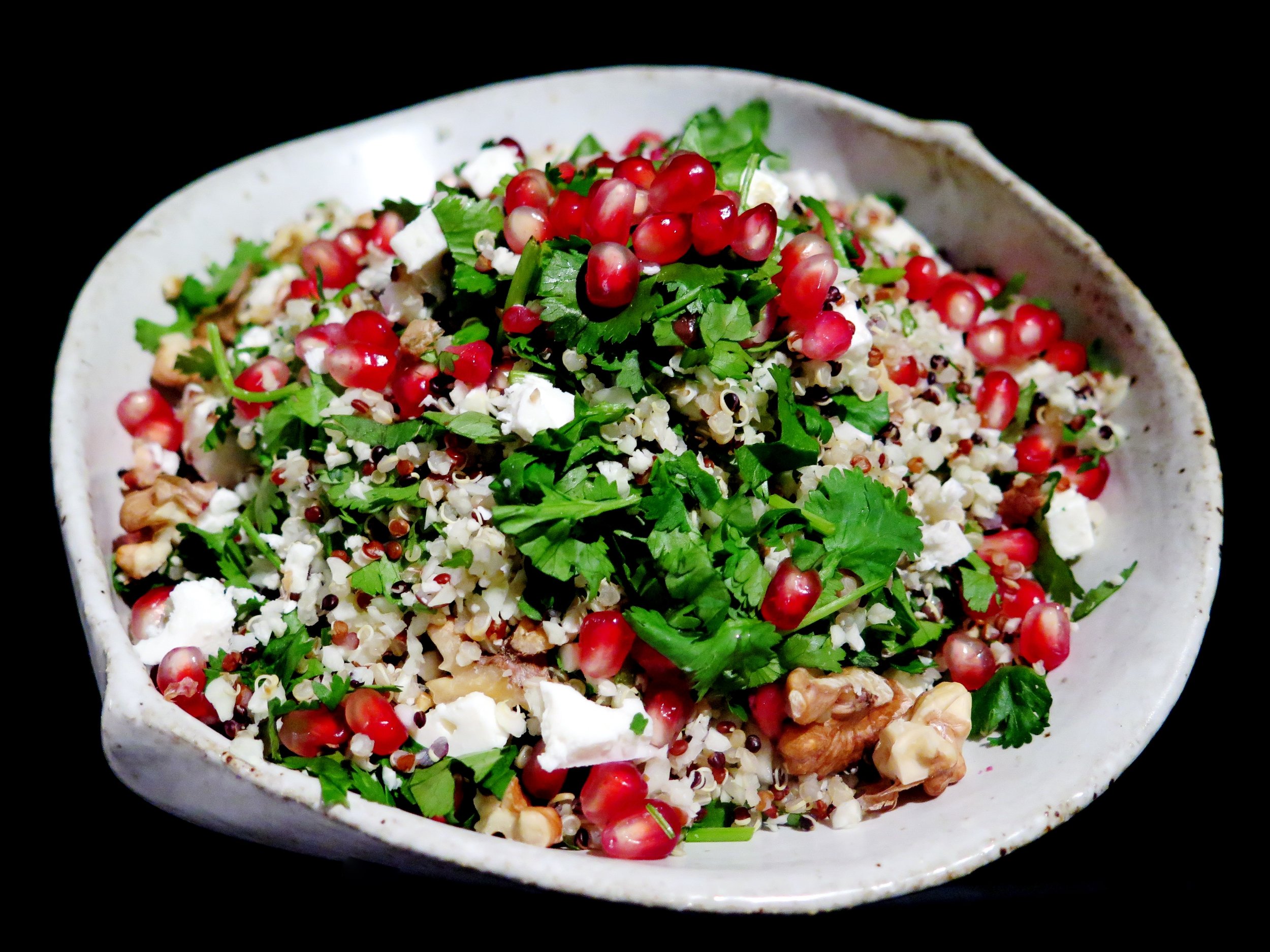

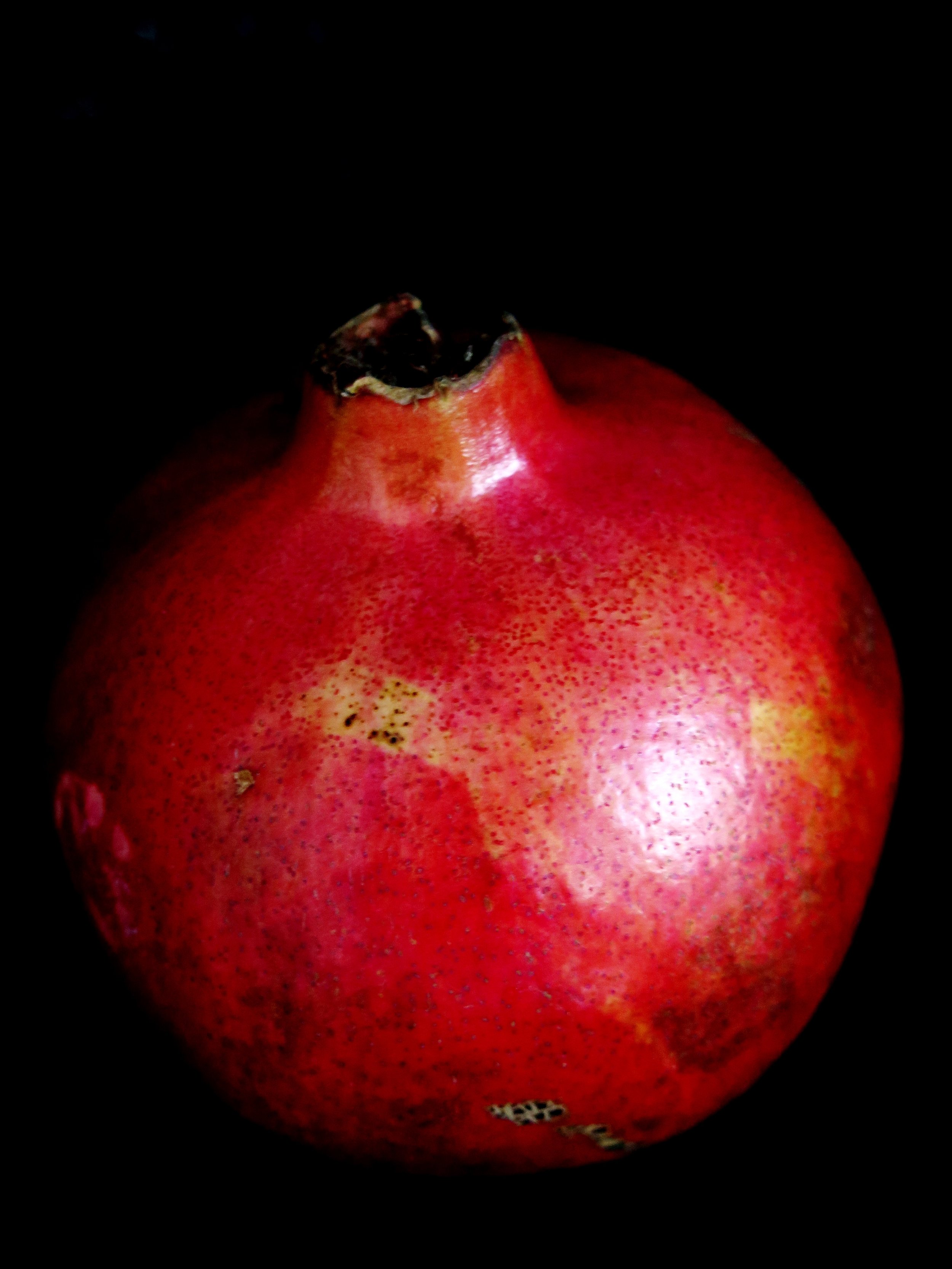


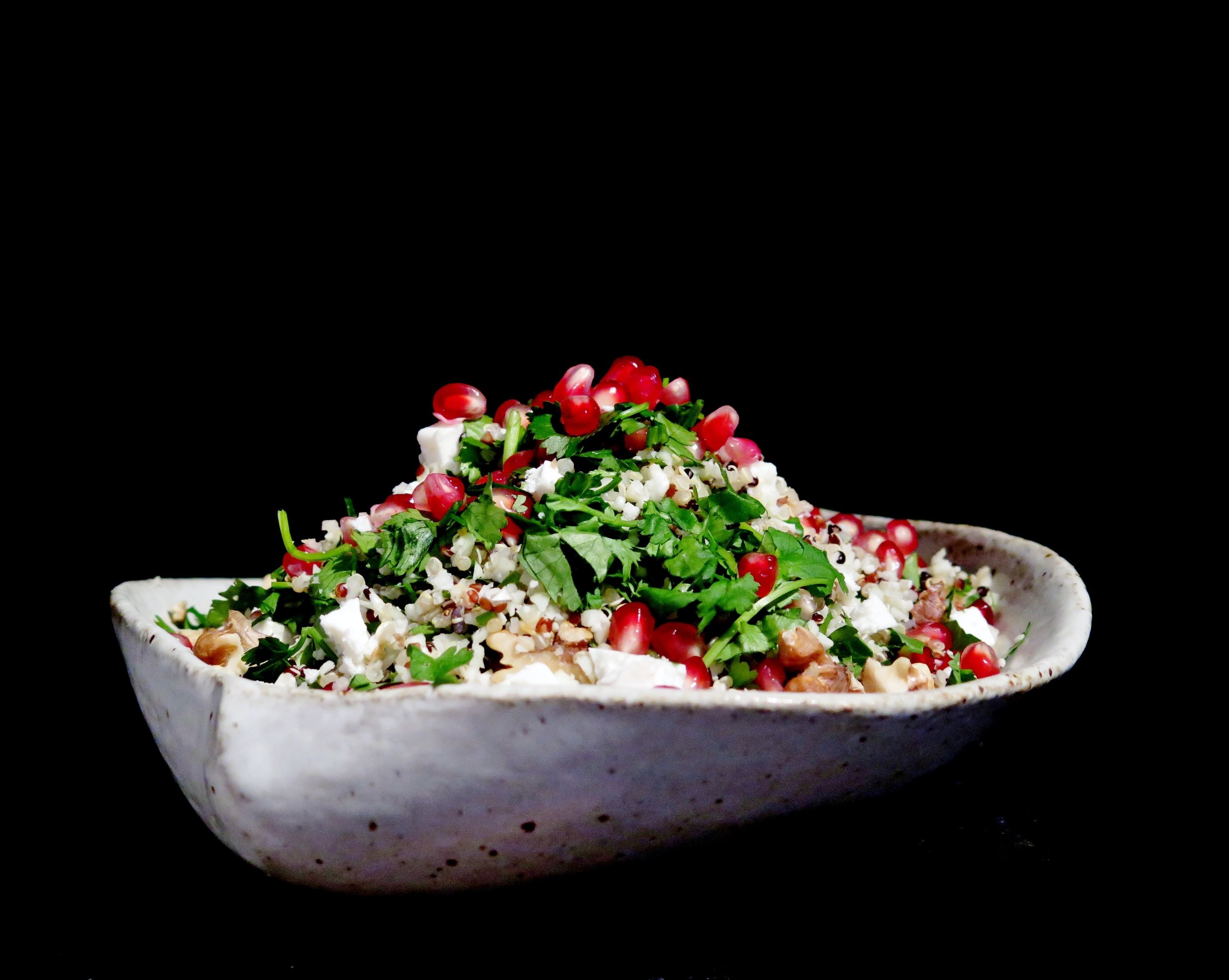


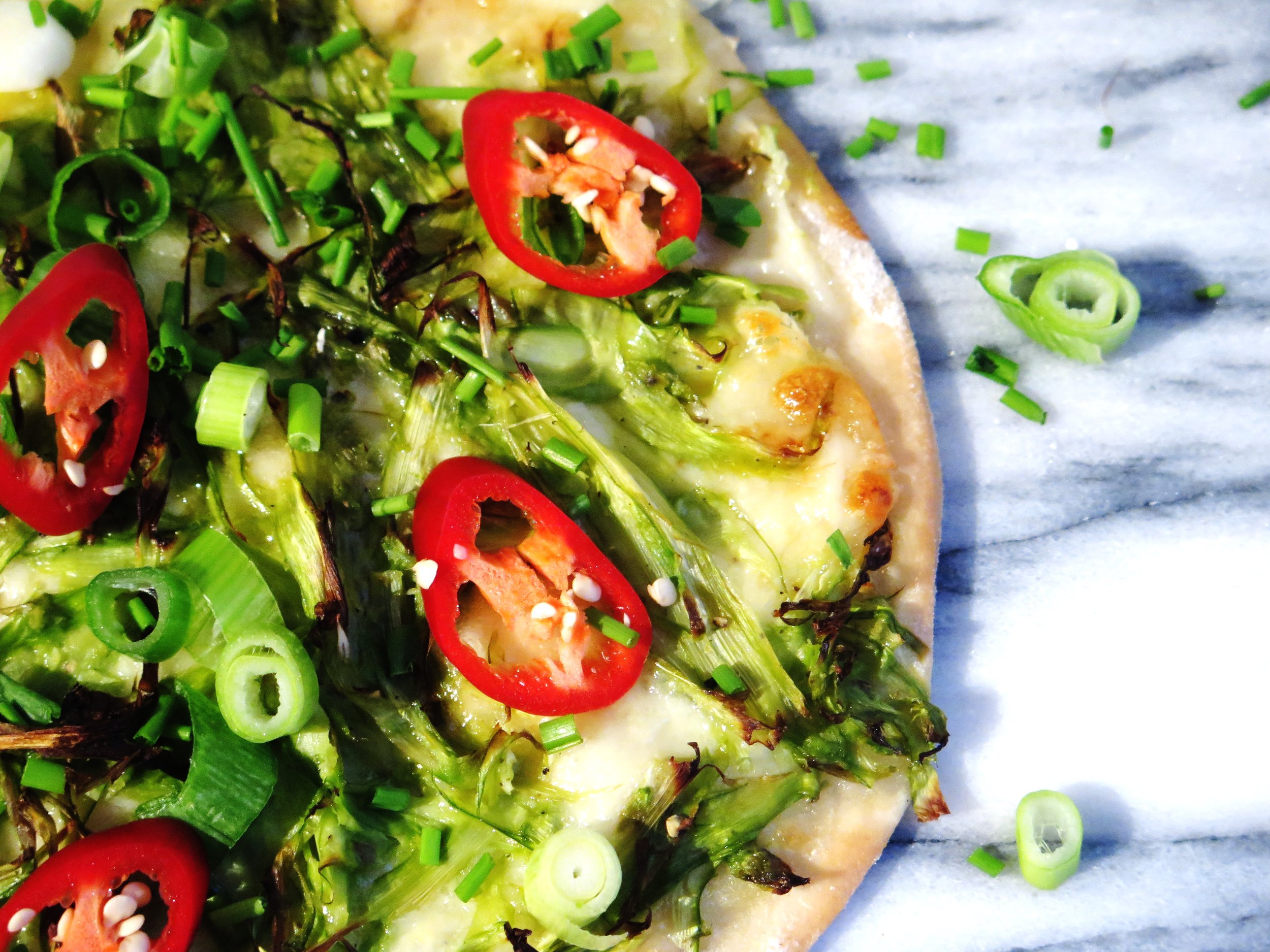
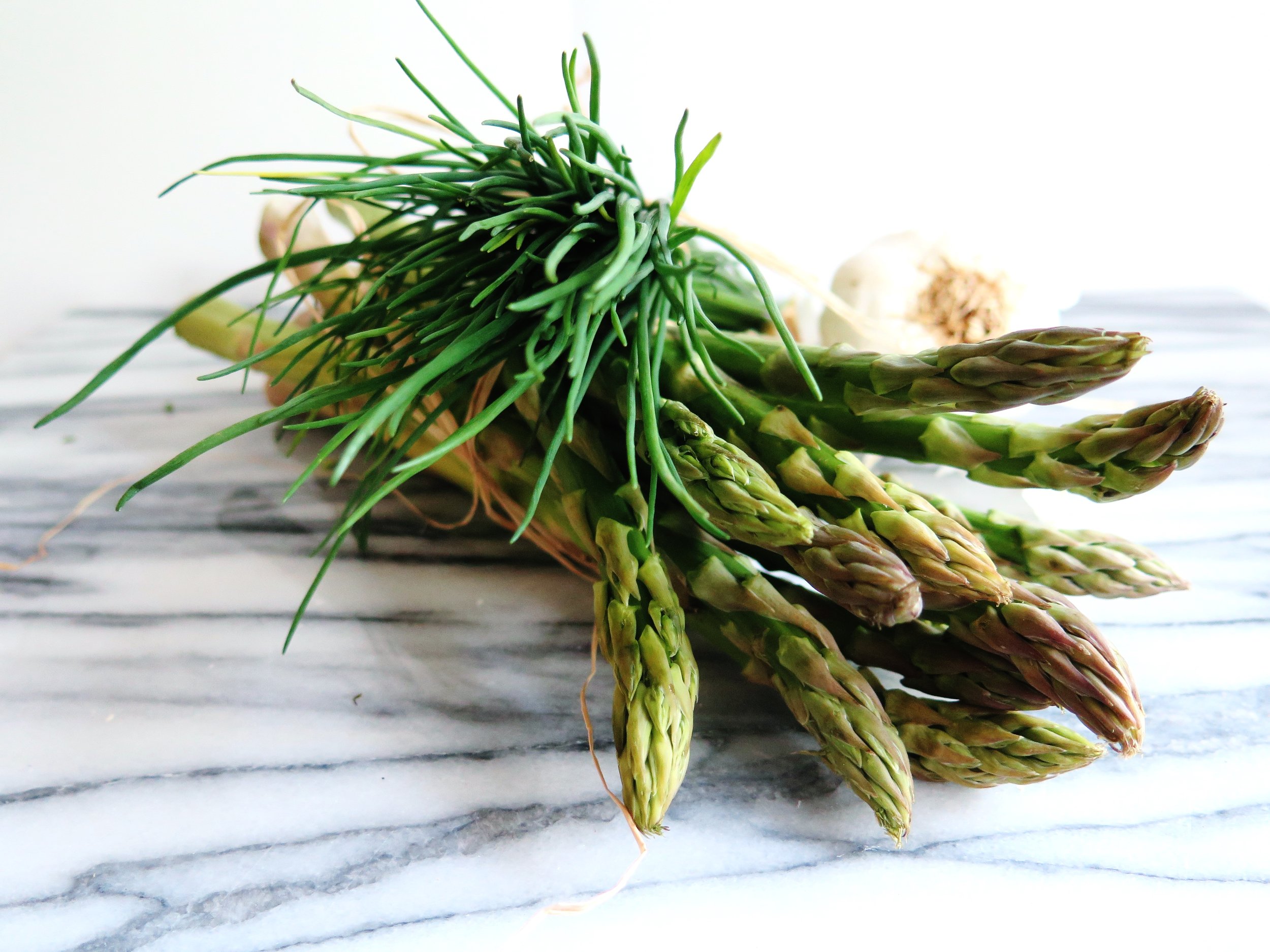
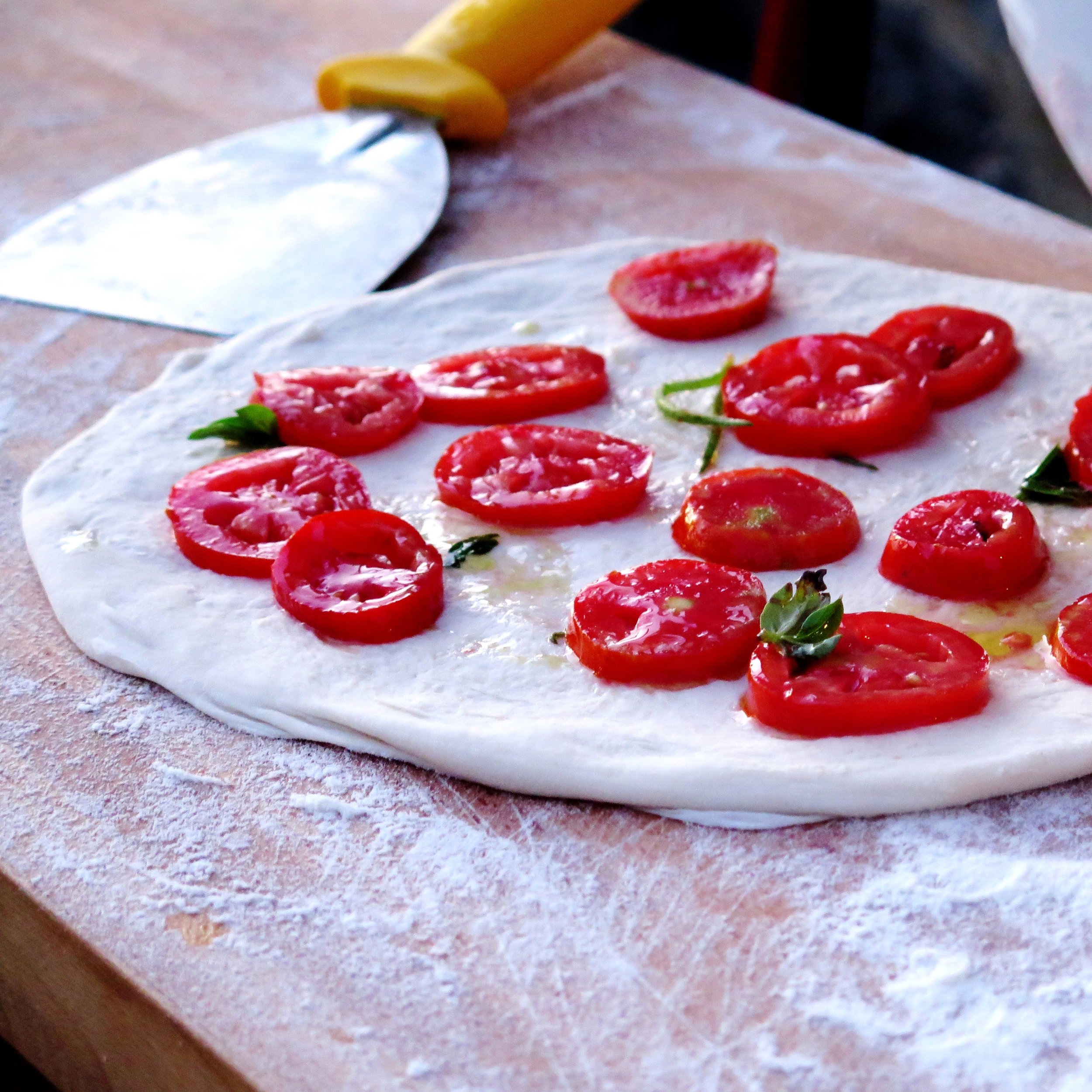


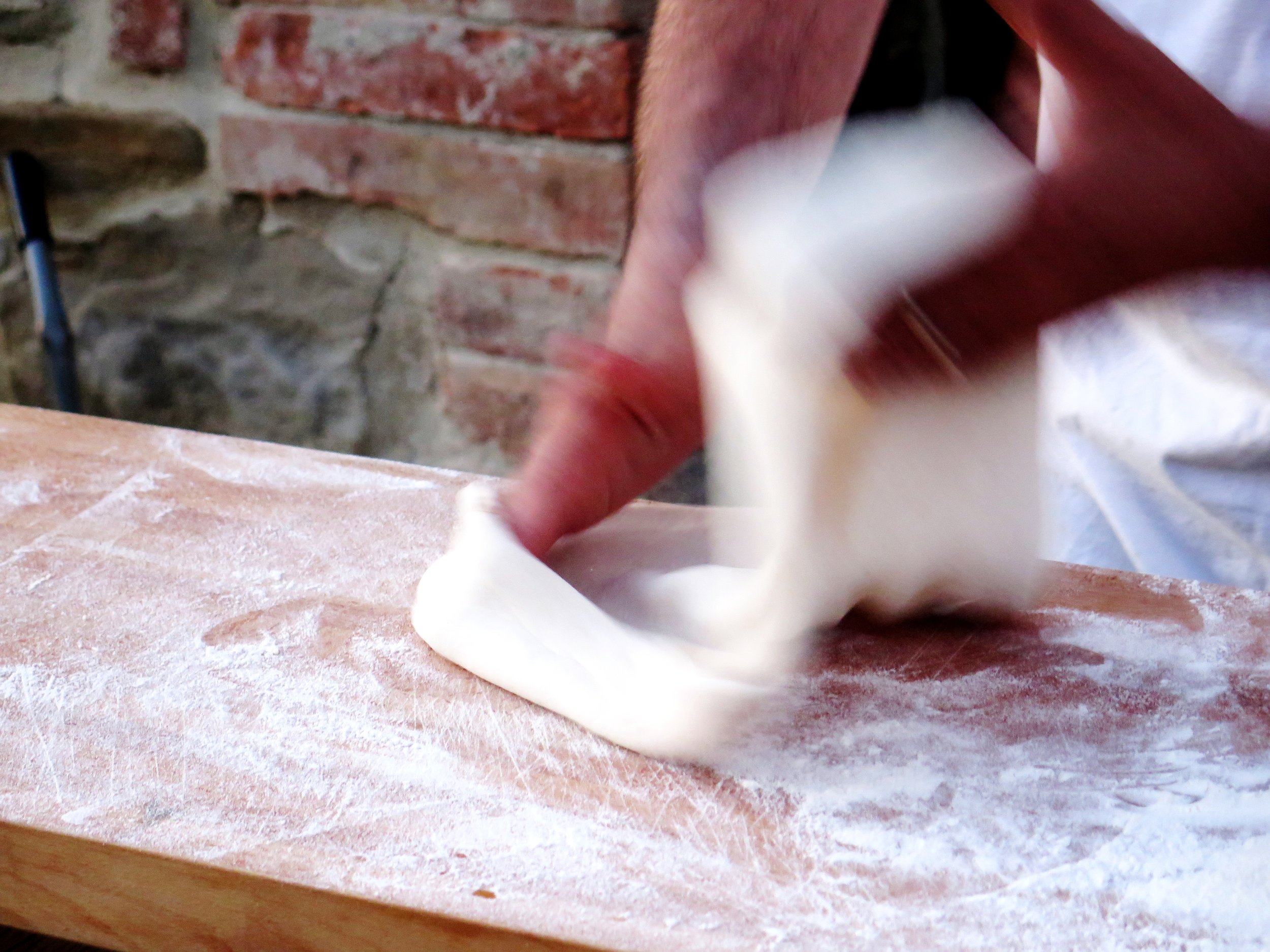

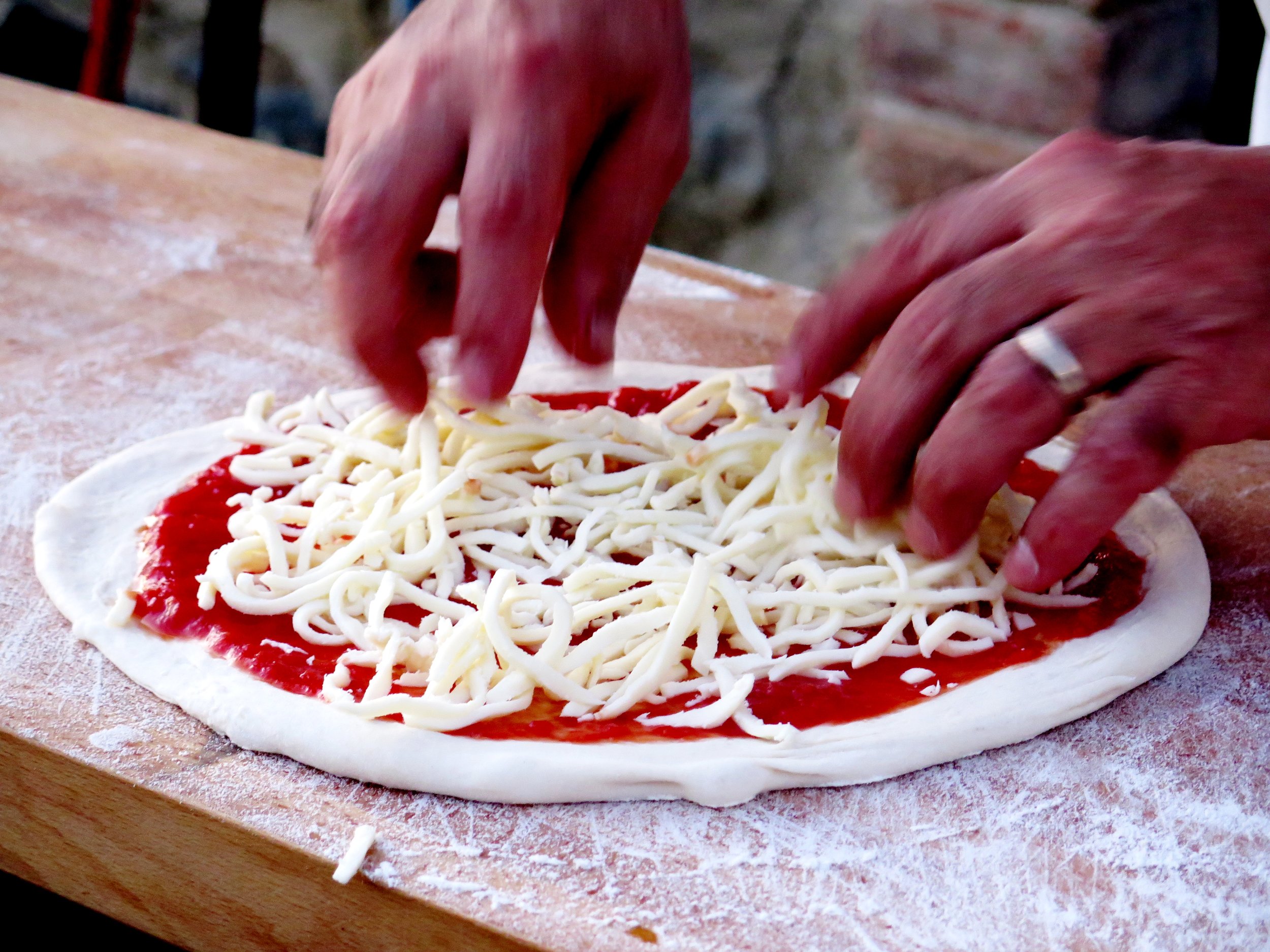



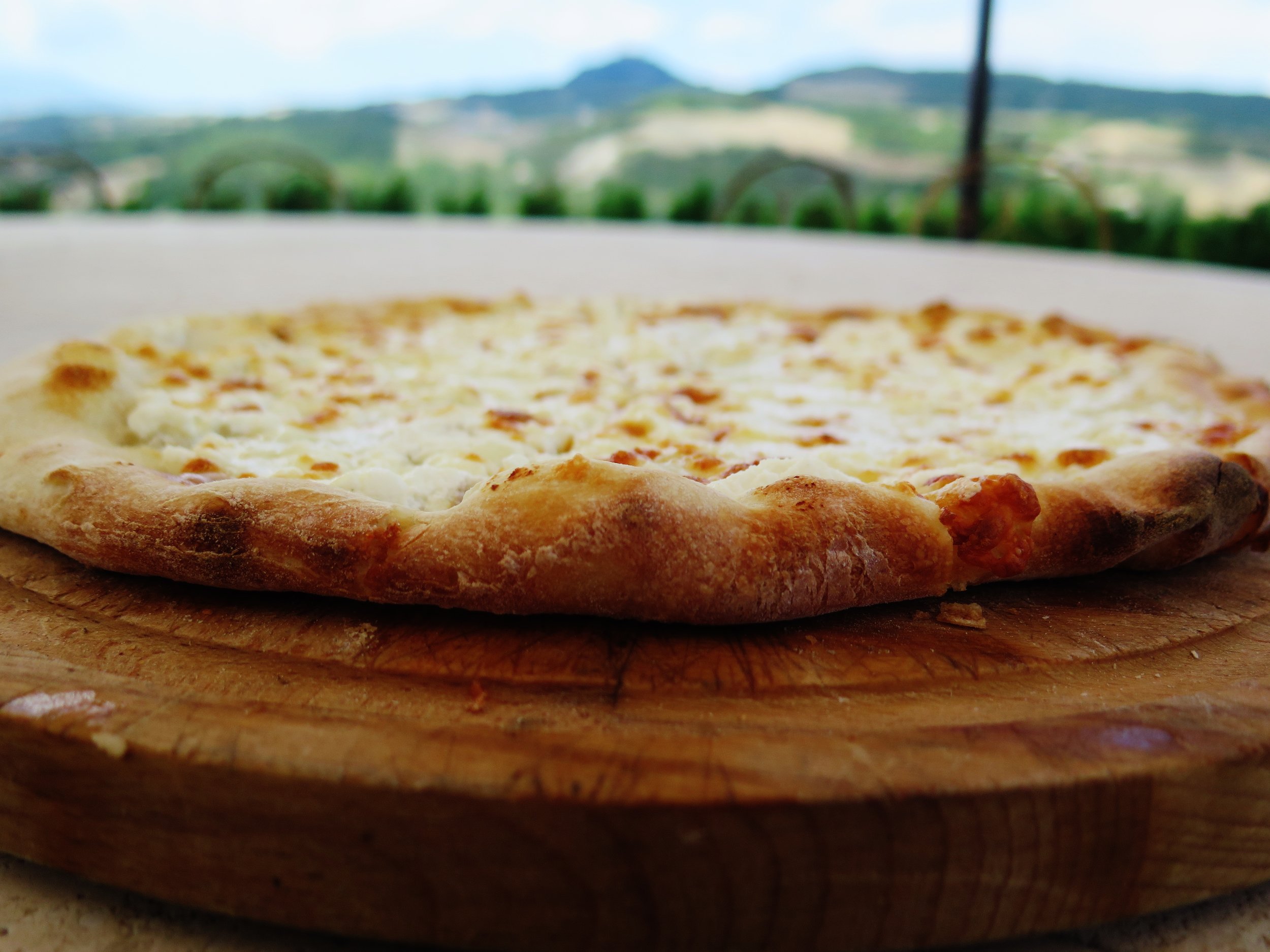
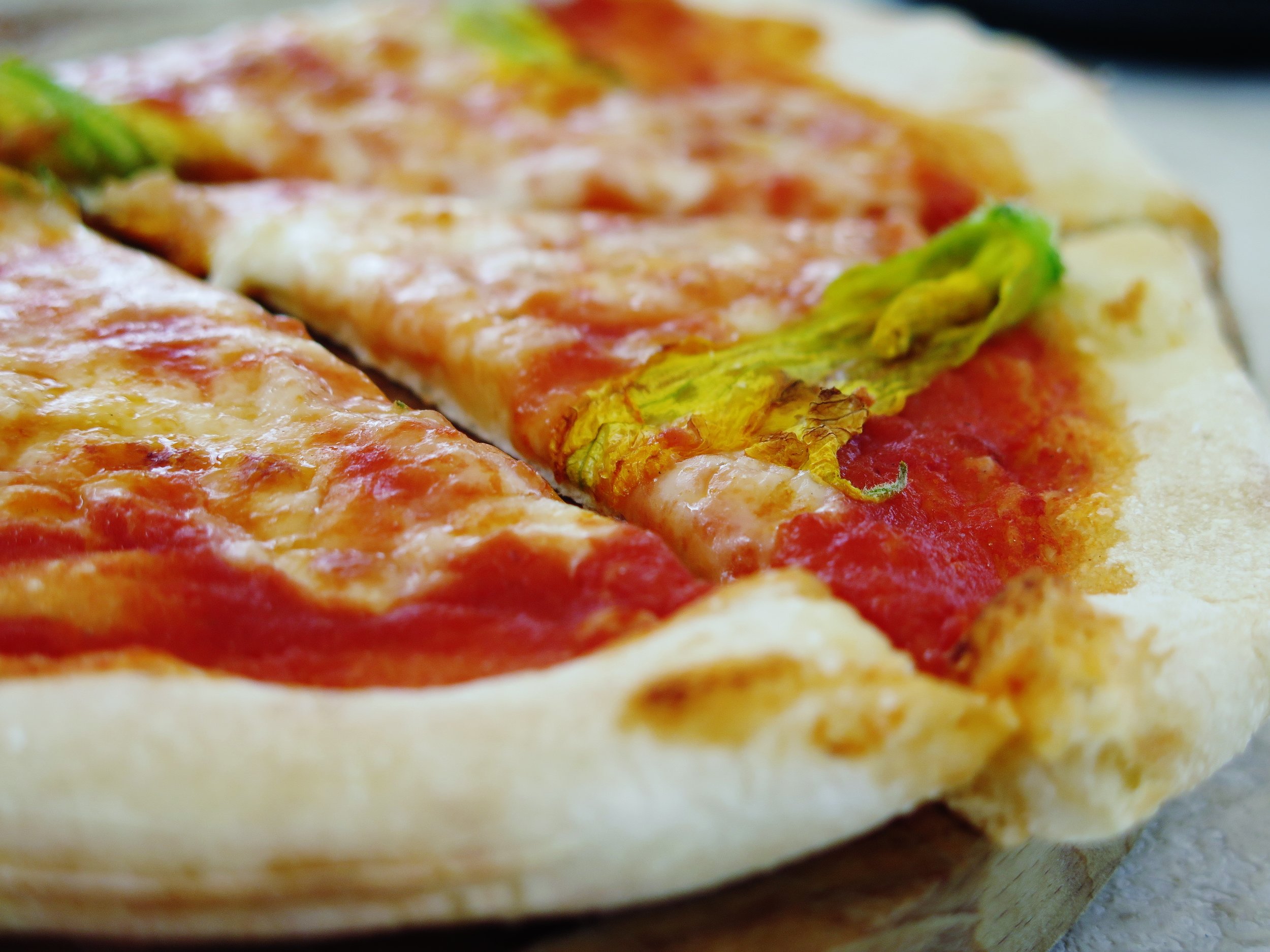
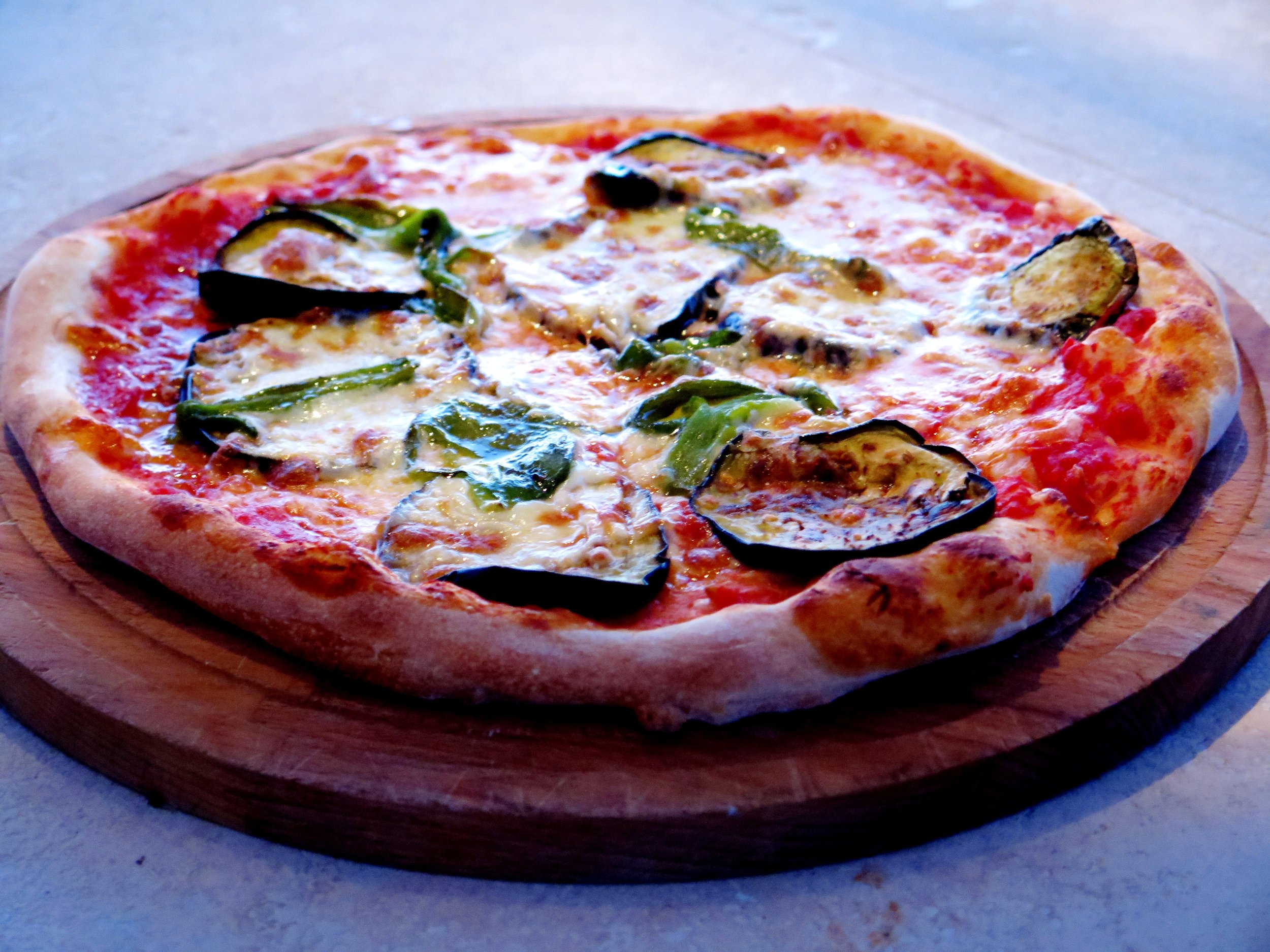
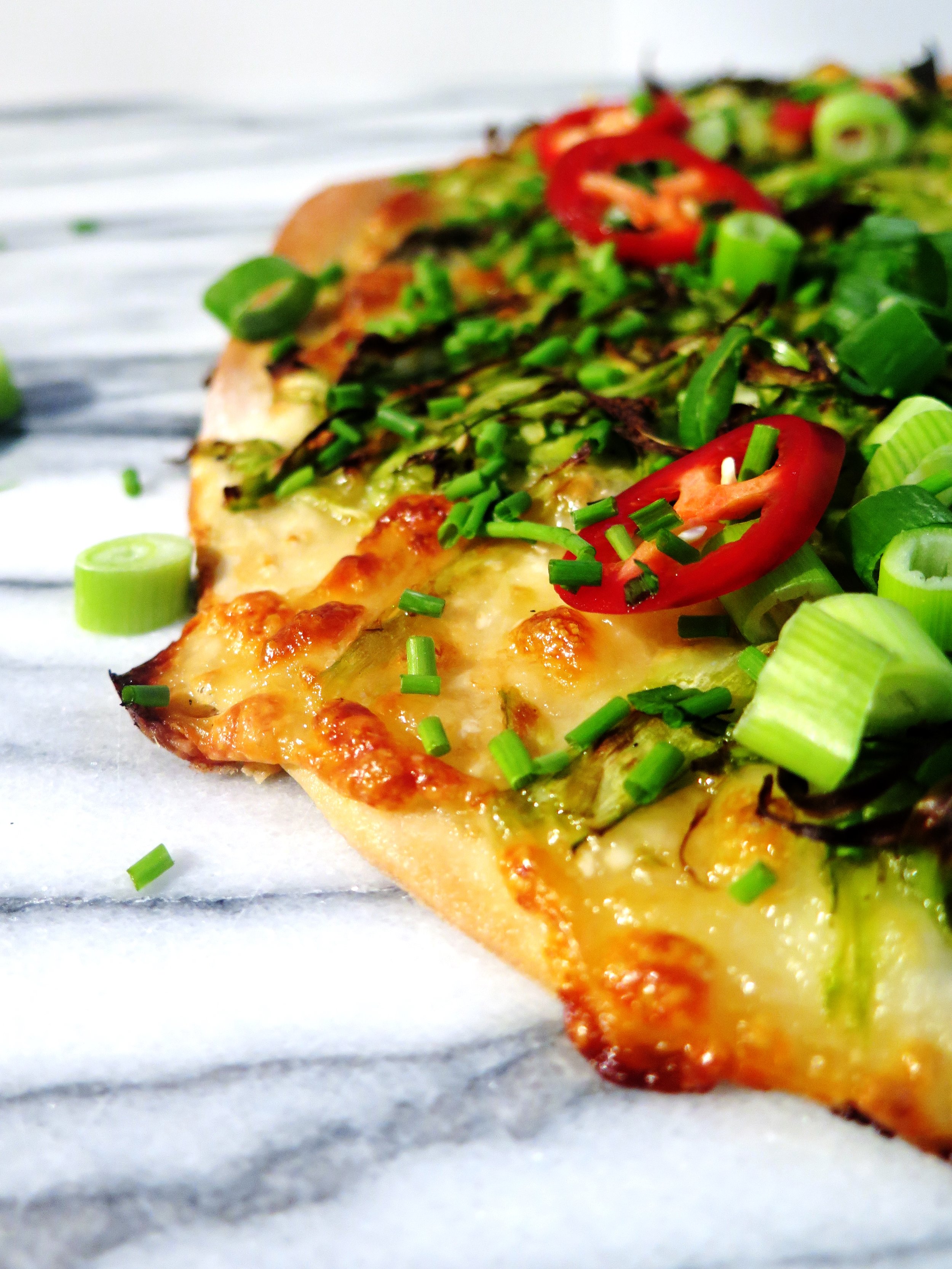


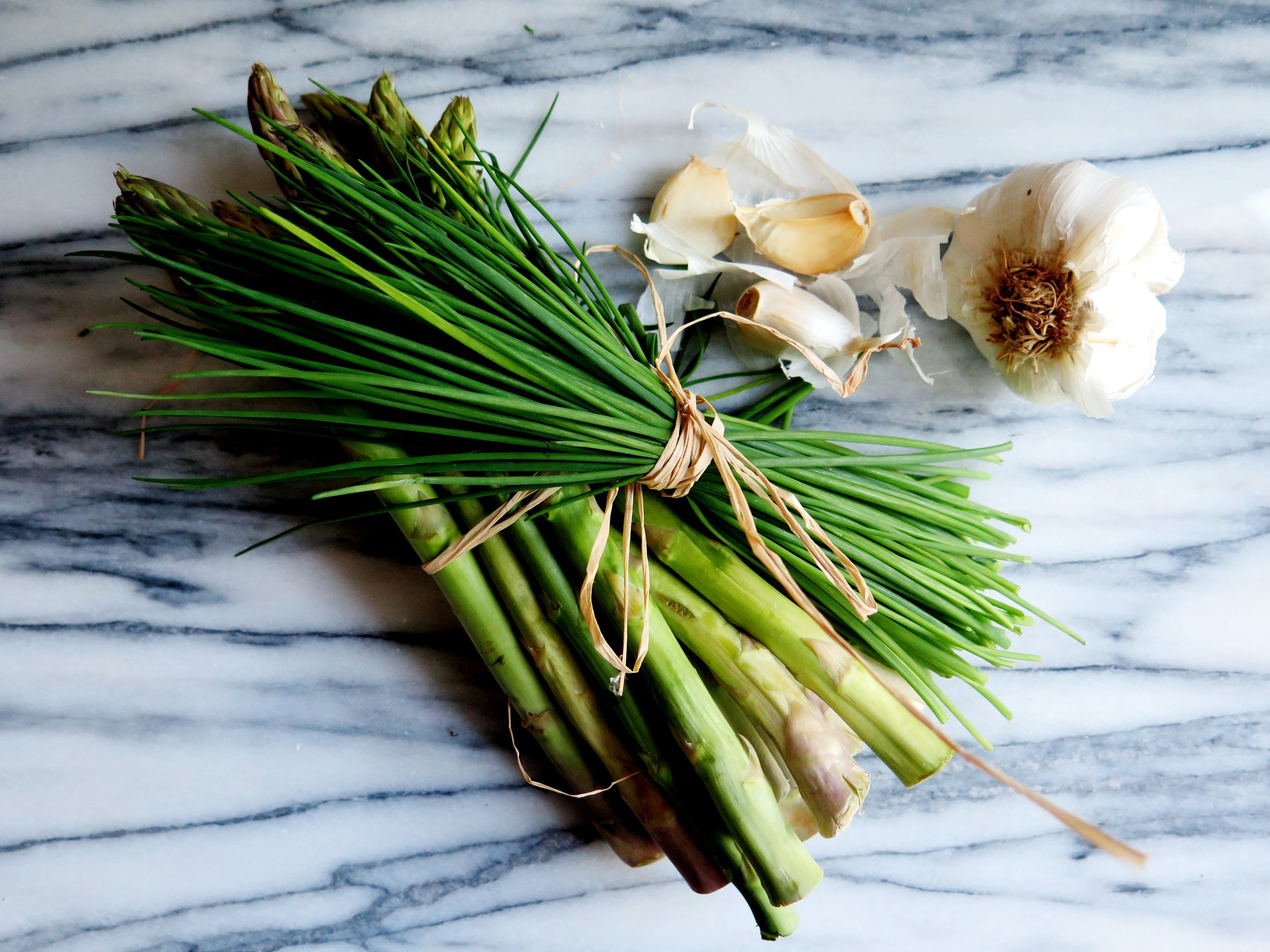
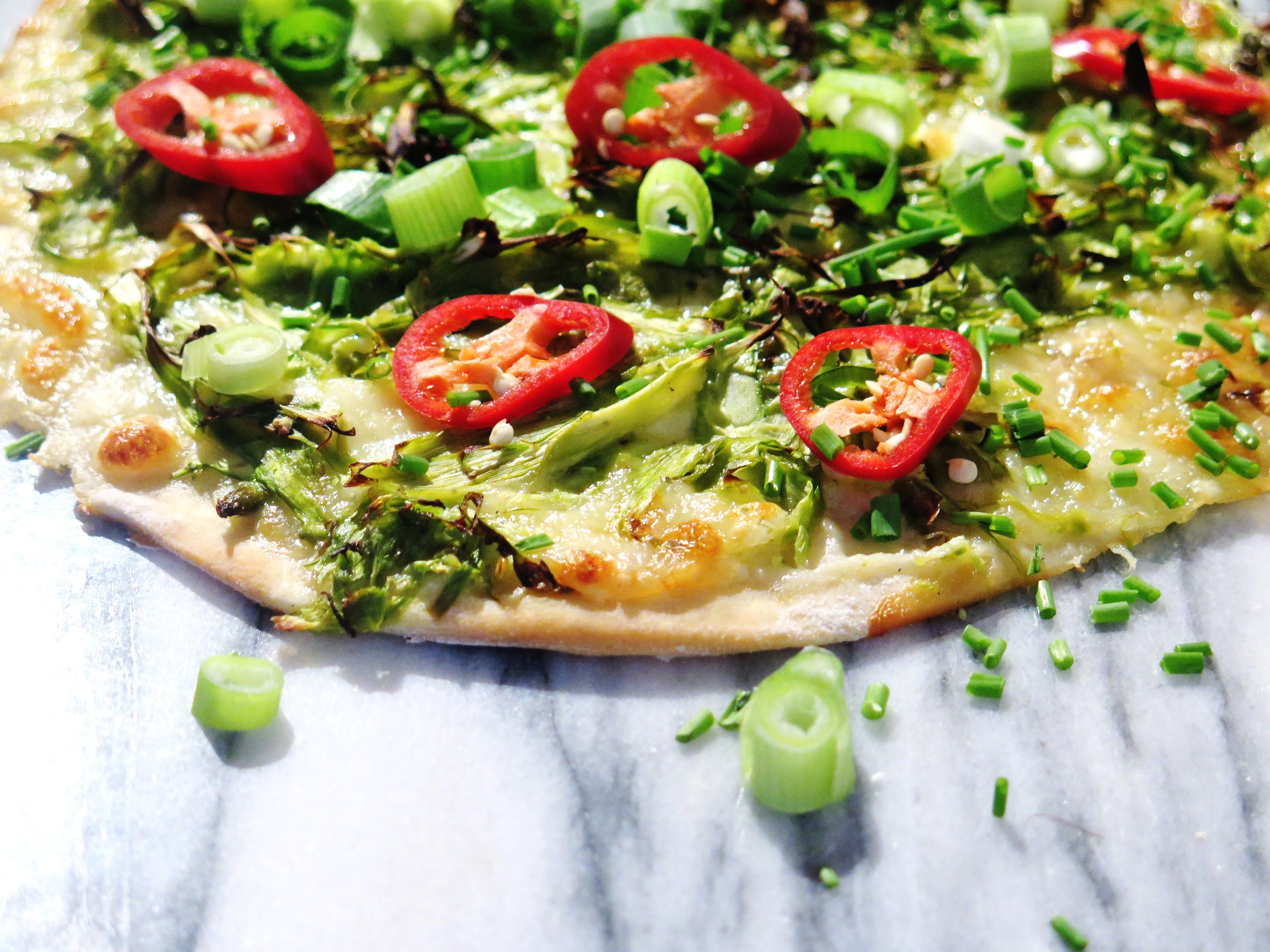
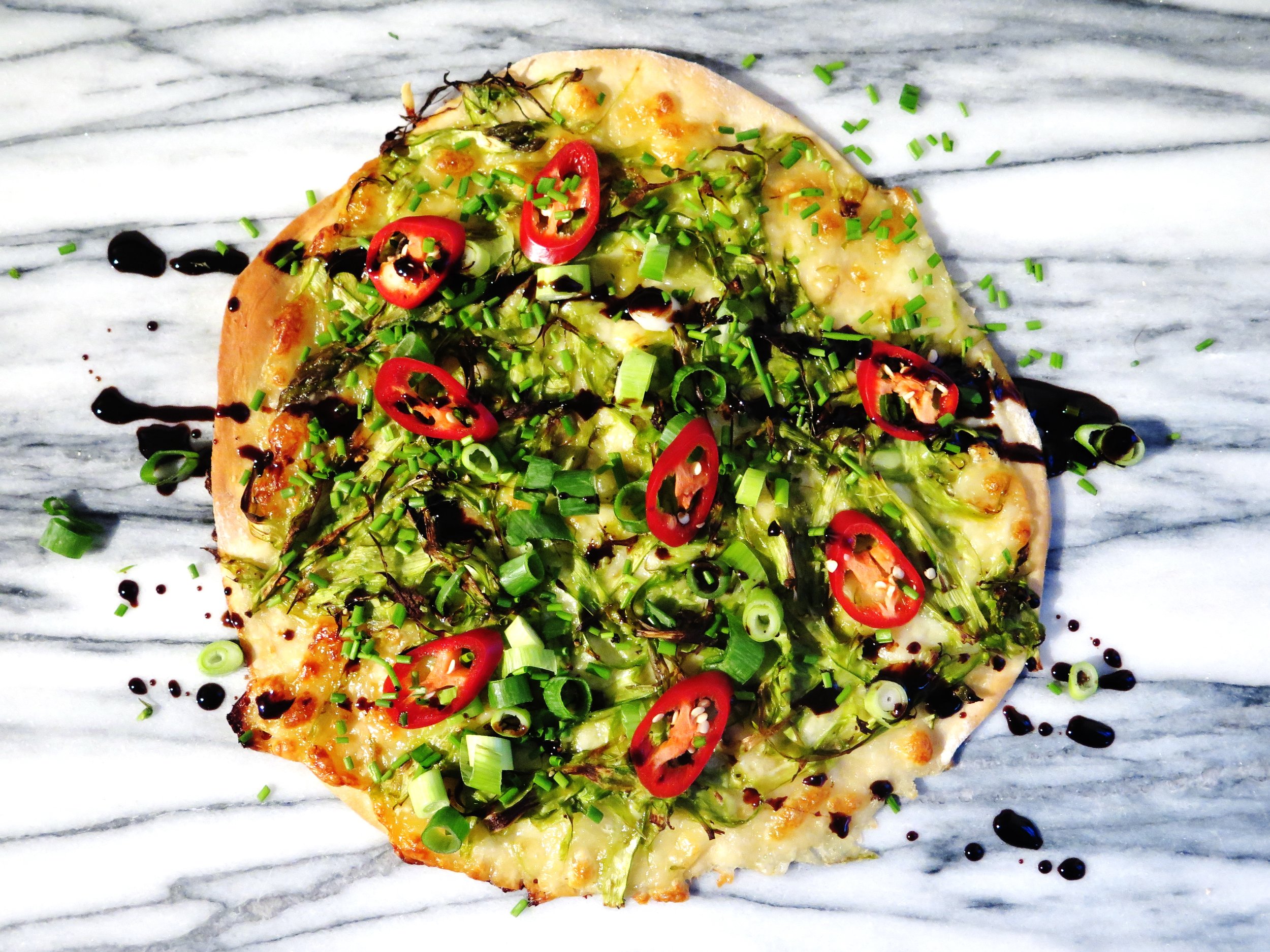


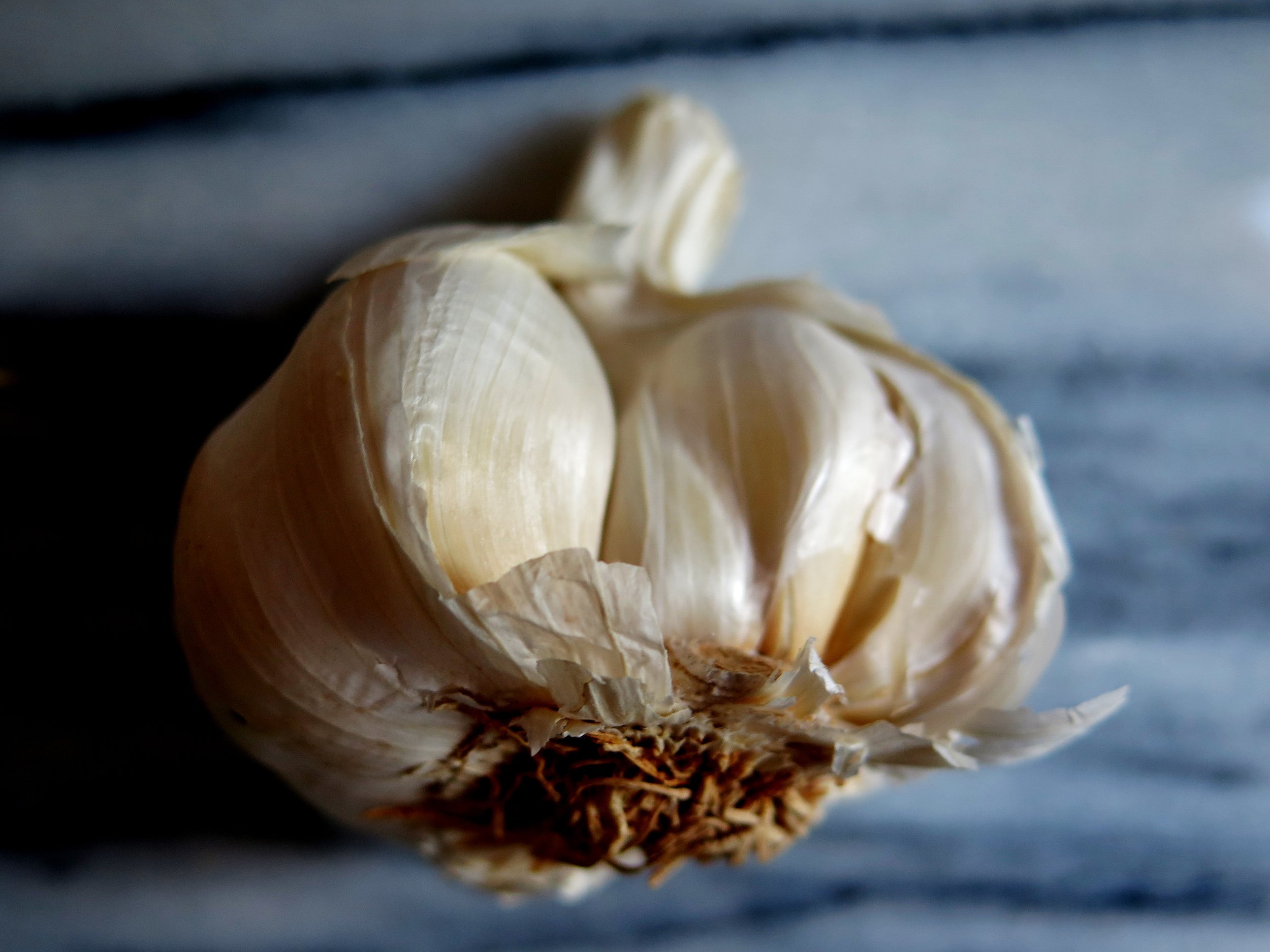




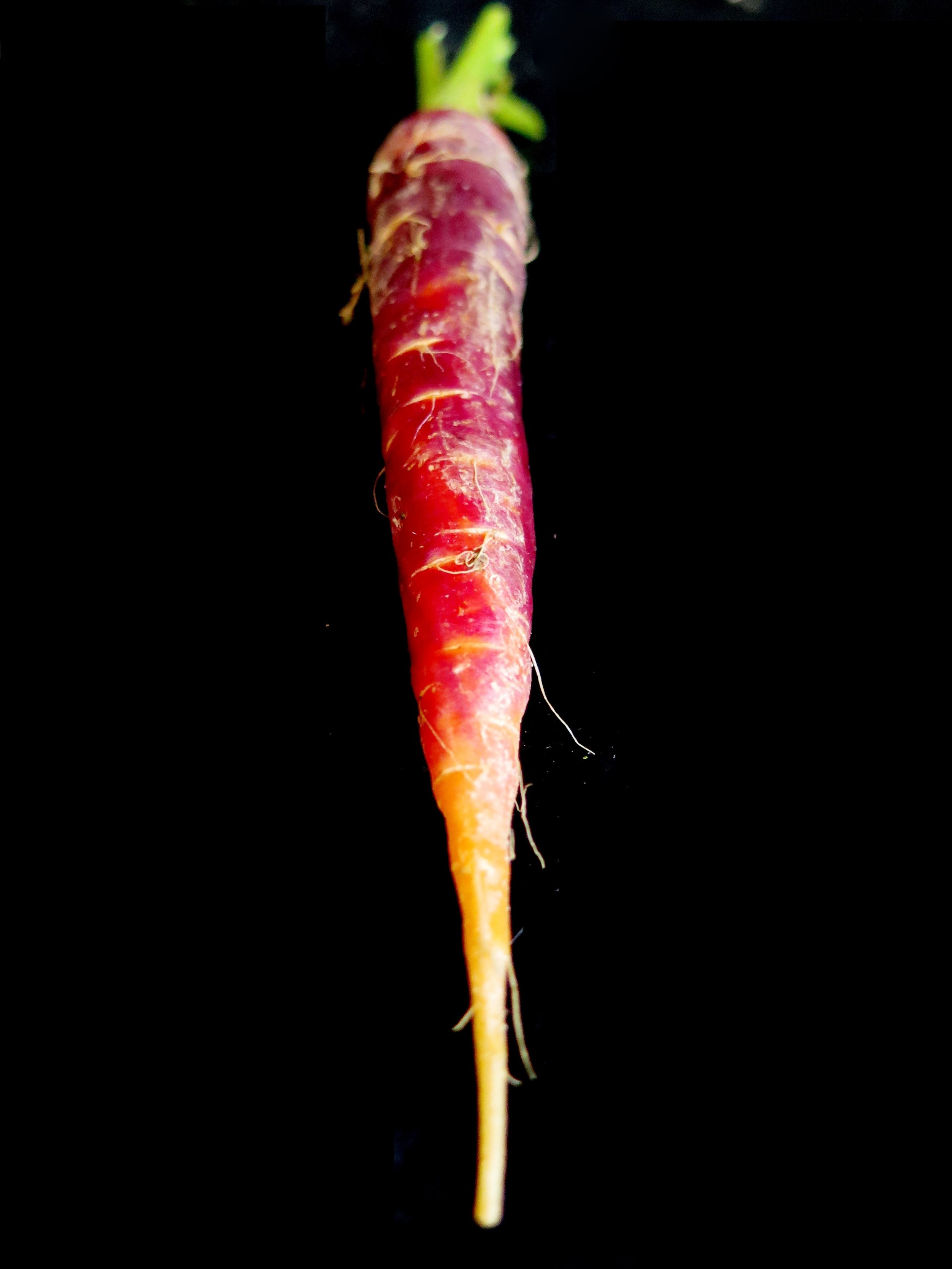












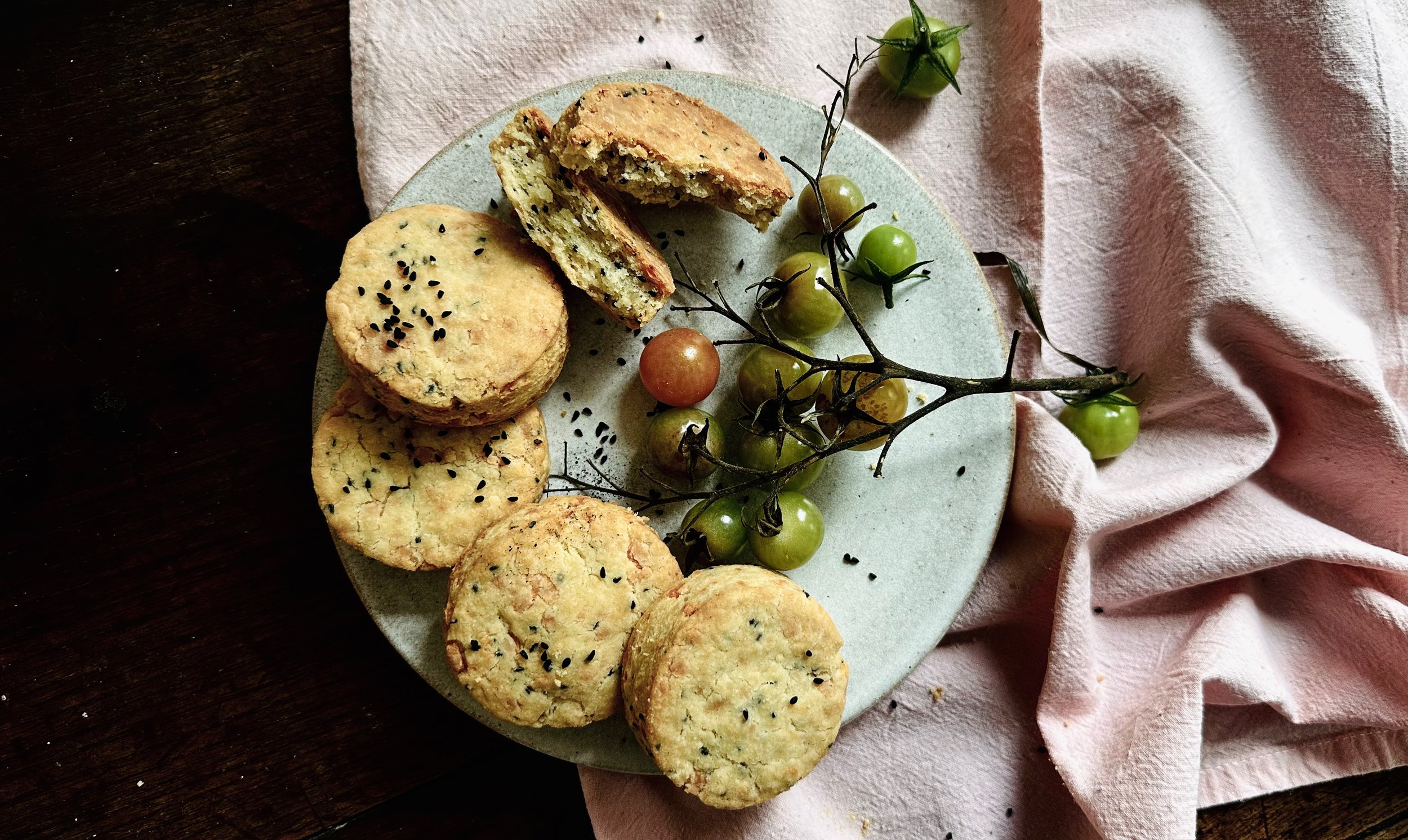
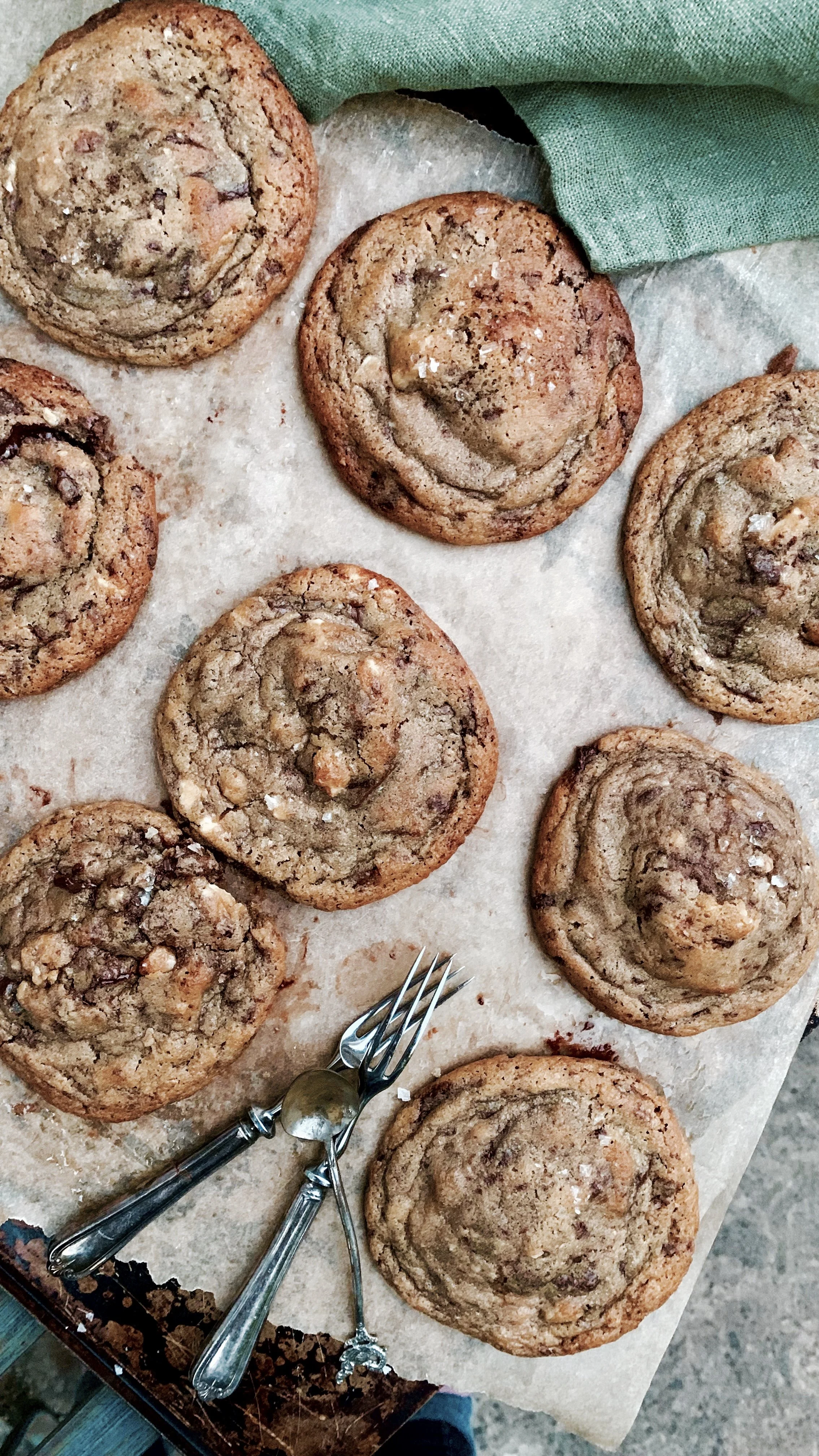
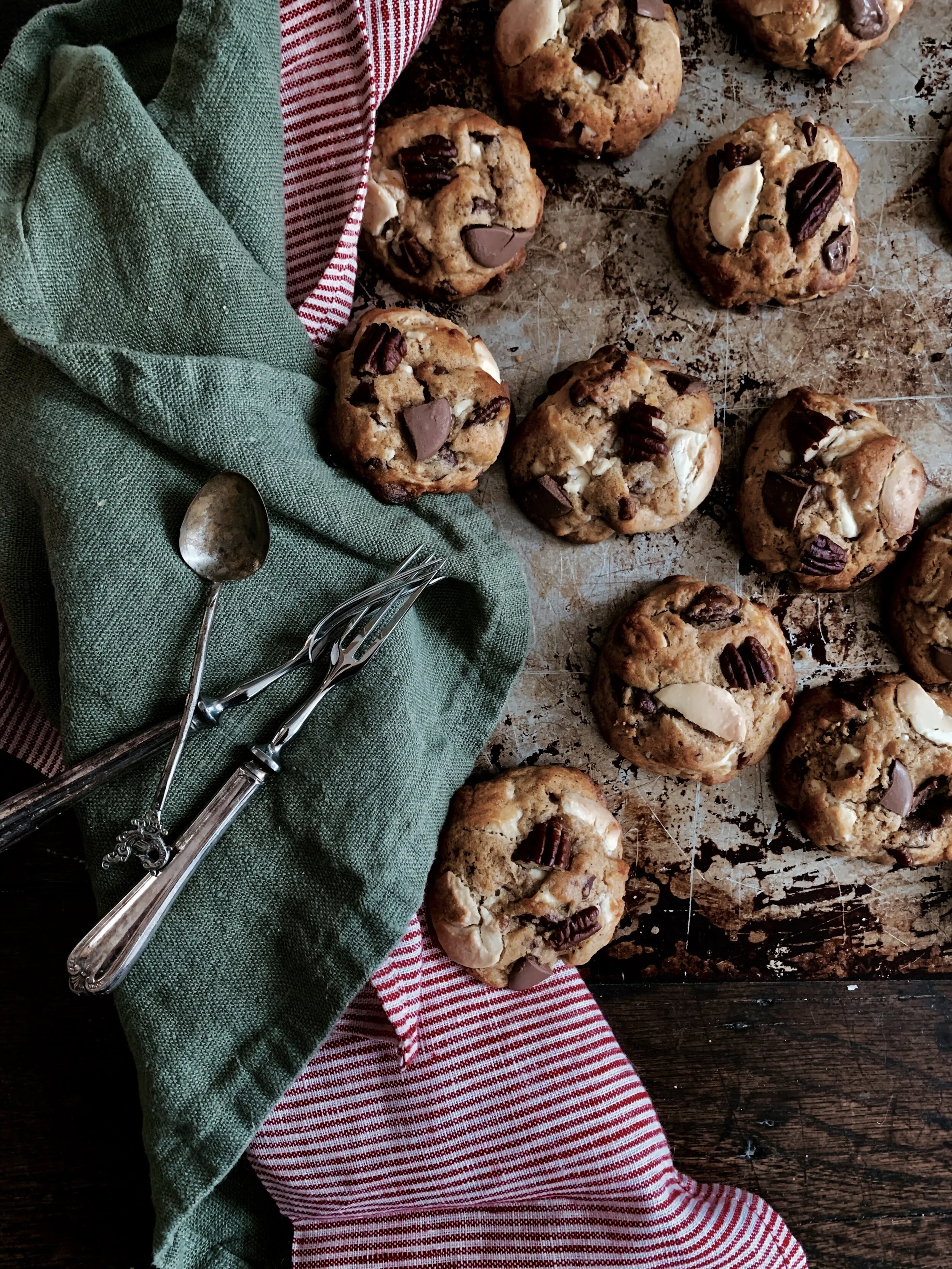


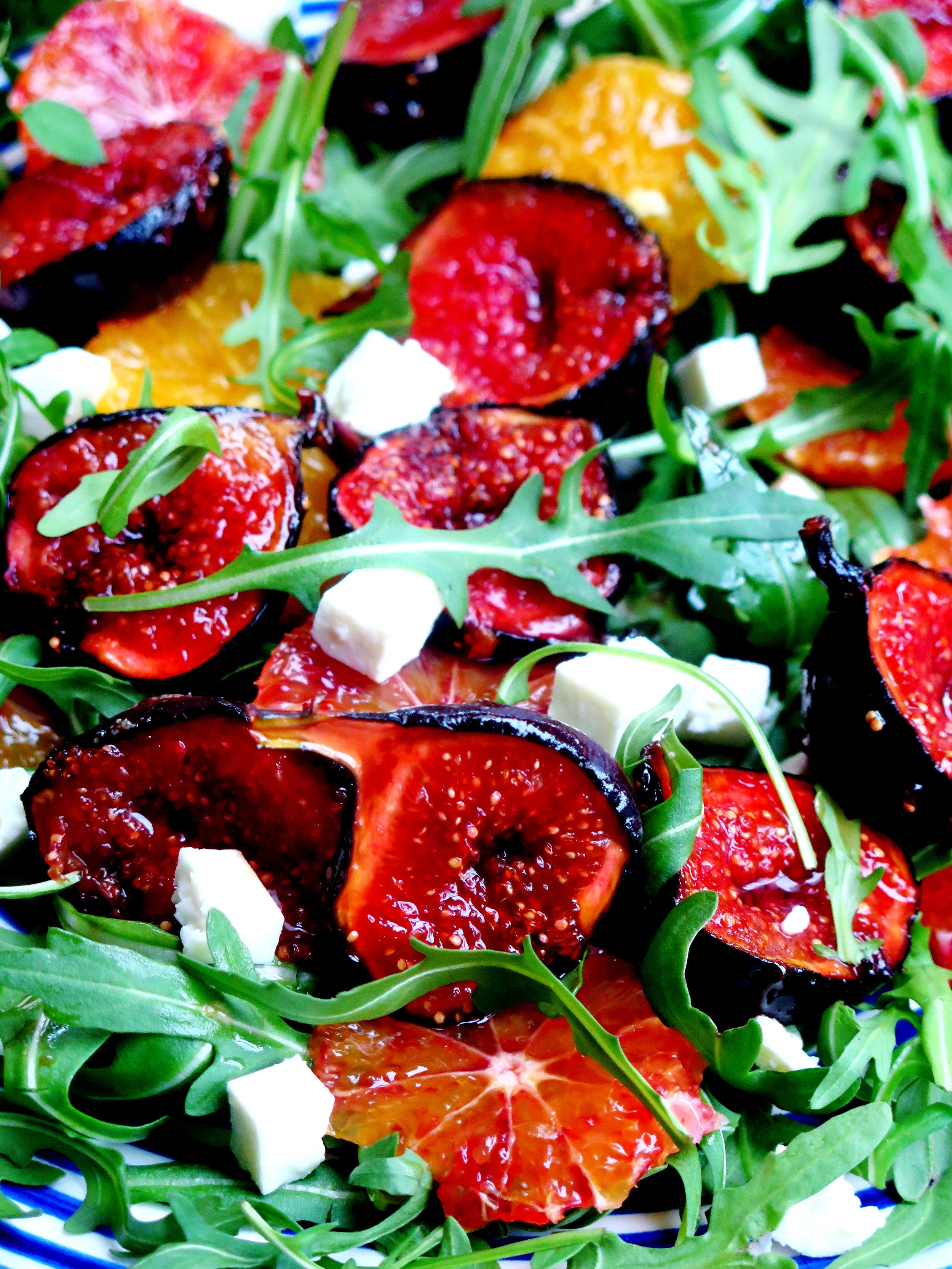 I often spend summers in Italy. In the evenings, when the vine- ripening summer sun begins to soften and the incessant squeak and rattle of the plough eventually dies, I usually clamber up the nearby hill, meandering across the crest. On one of my walks, I headed towards the nearby palazzo, along the path bordered by Cyprus spears.
I often spend summers in Italy. In the evenings, when the vine- ripening summer sun begins to soften and the incessant squeak and rattle of the plough eventually dies, I usually clamber up the nearby hill, meandering across the crest. On one of my walks, I headed towards the nearby palazzo, along the path bordered by Cyprus spears.

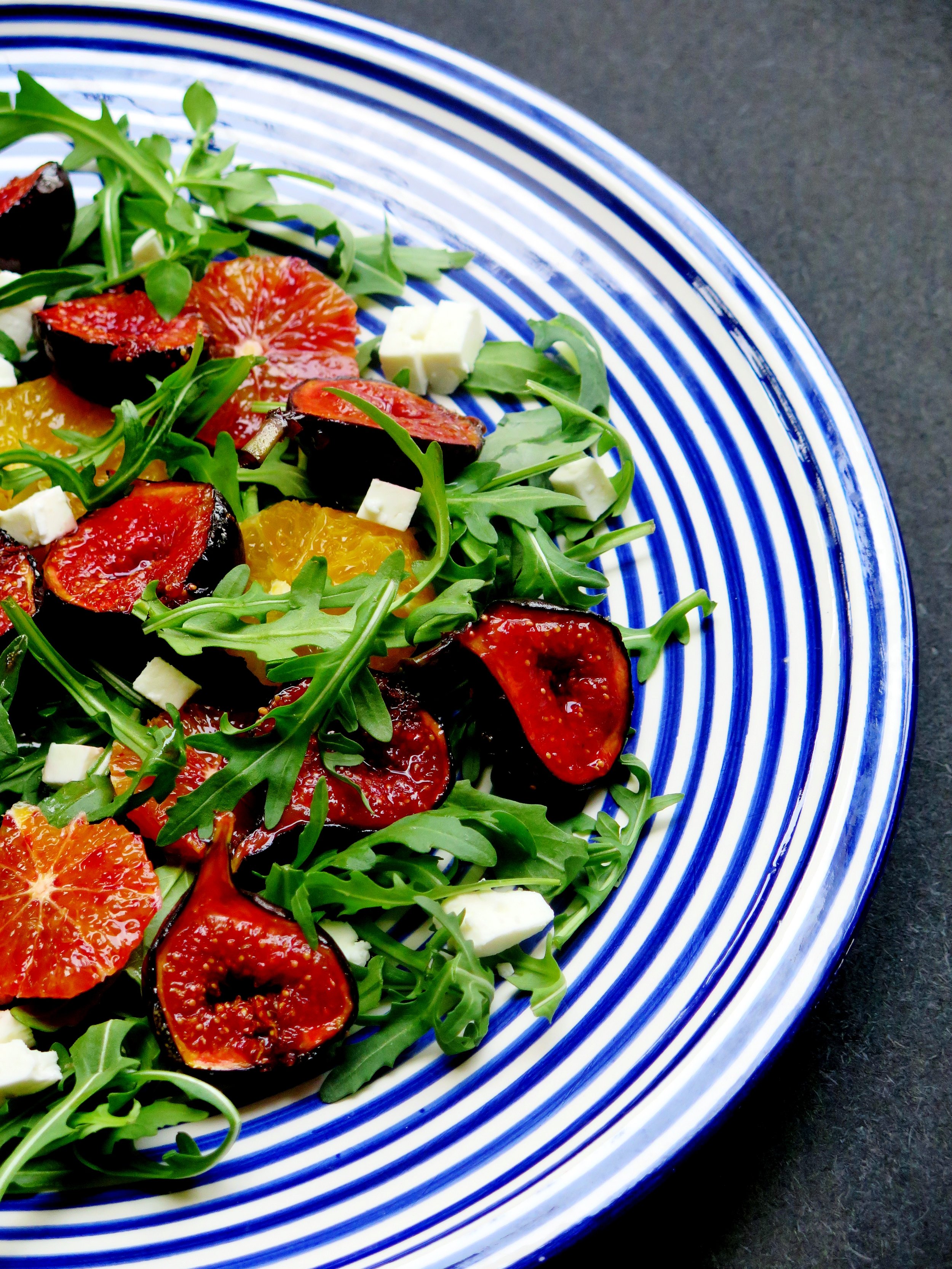
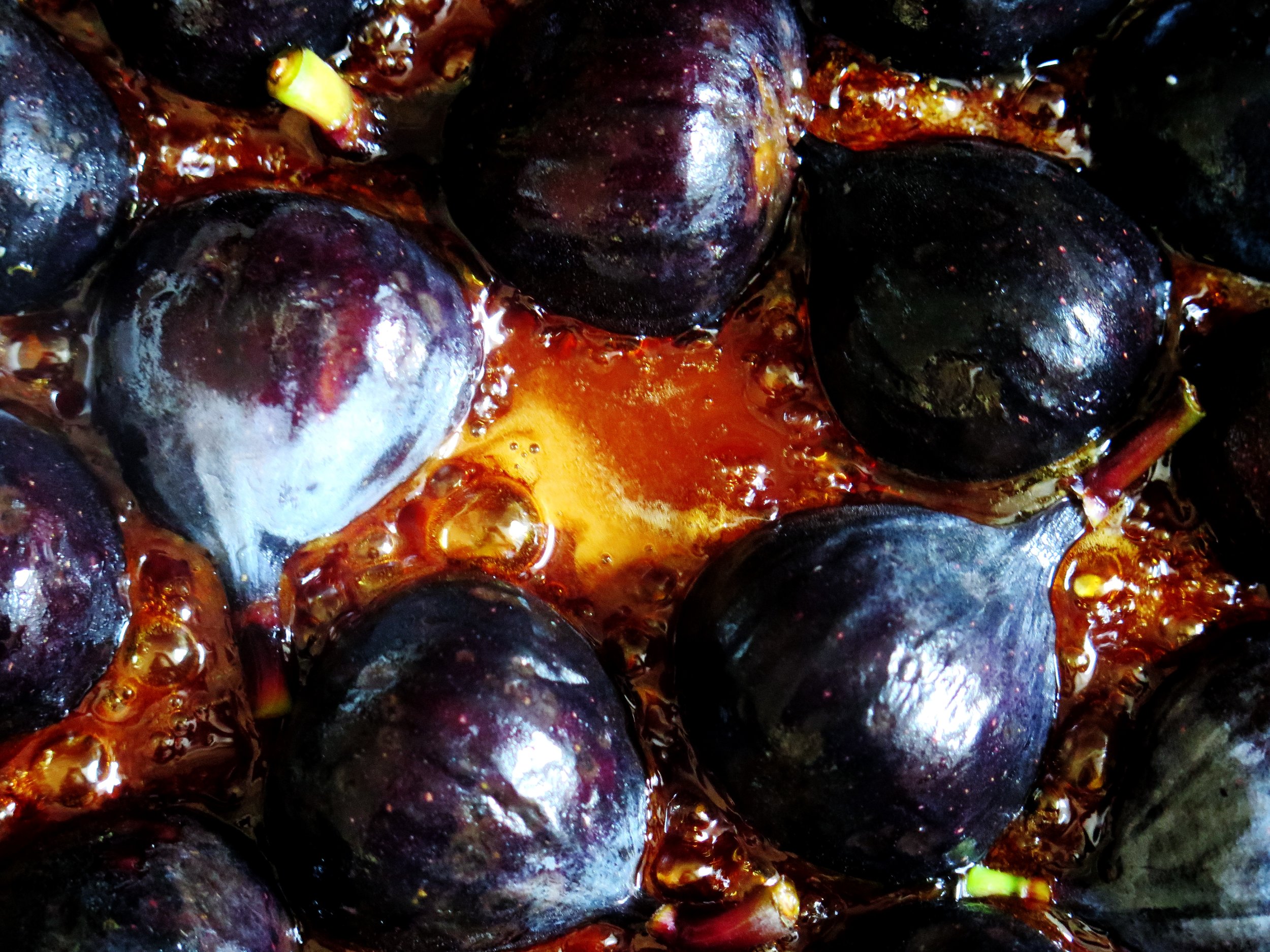

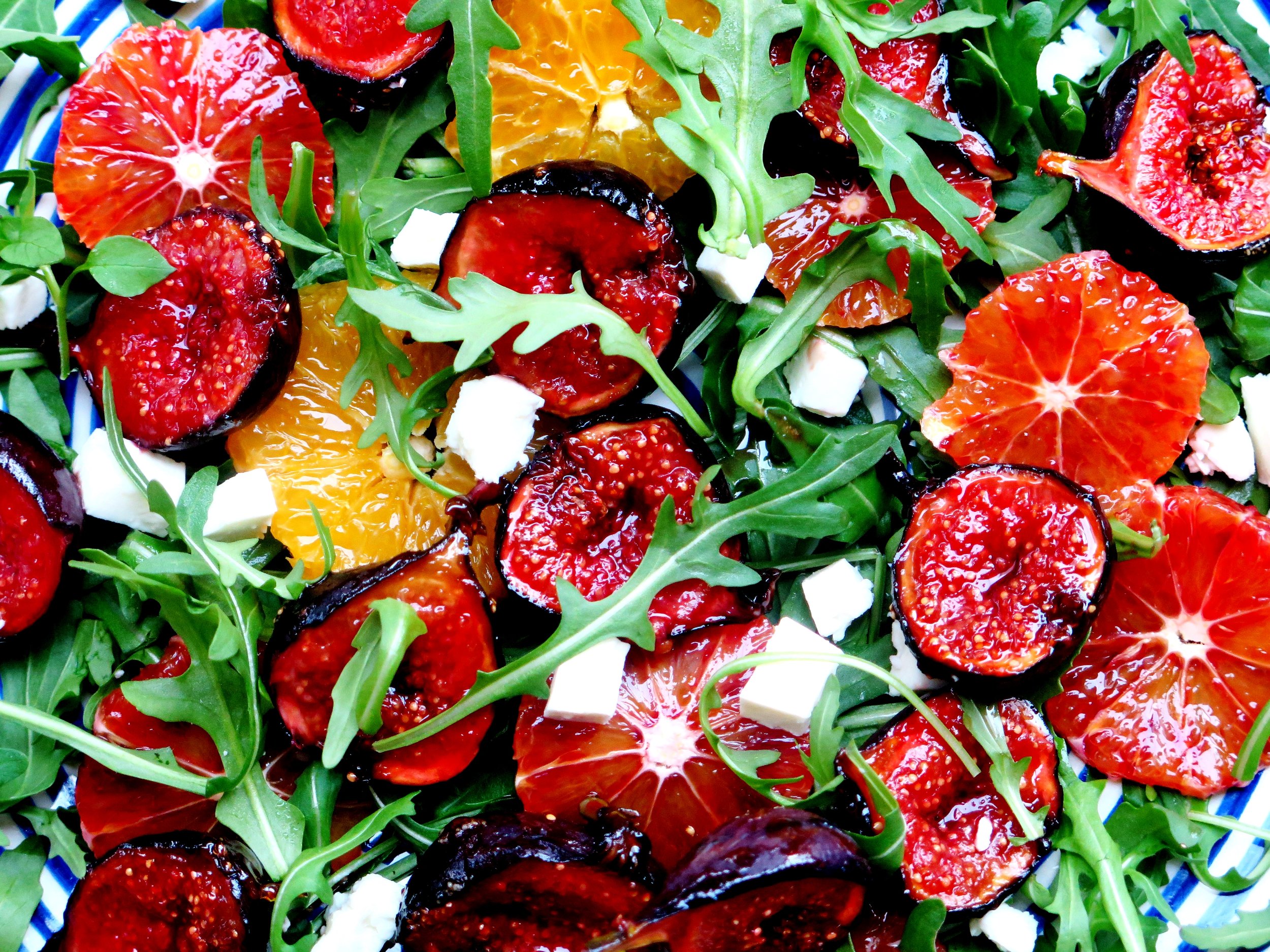


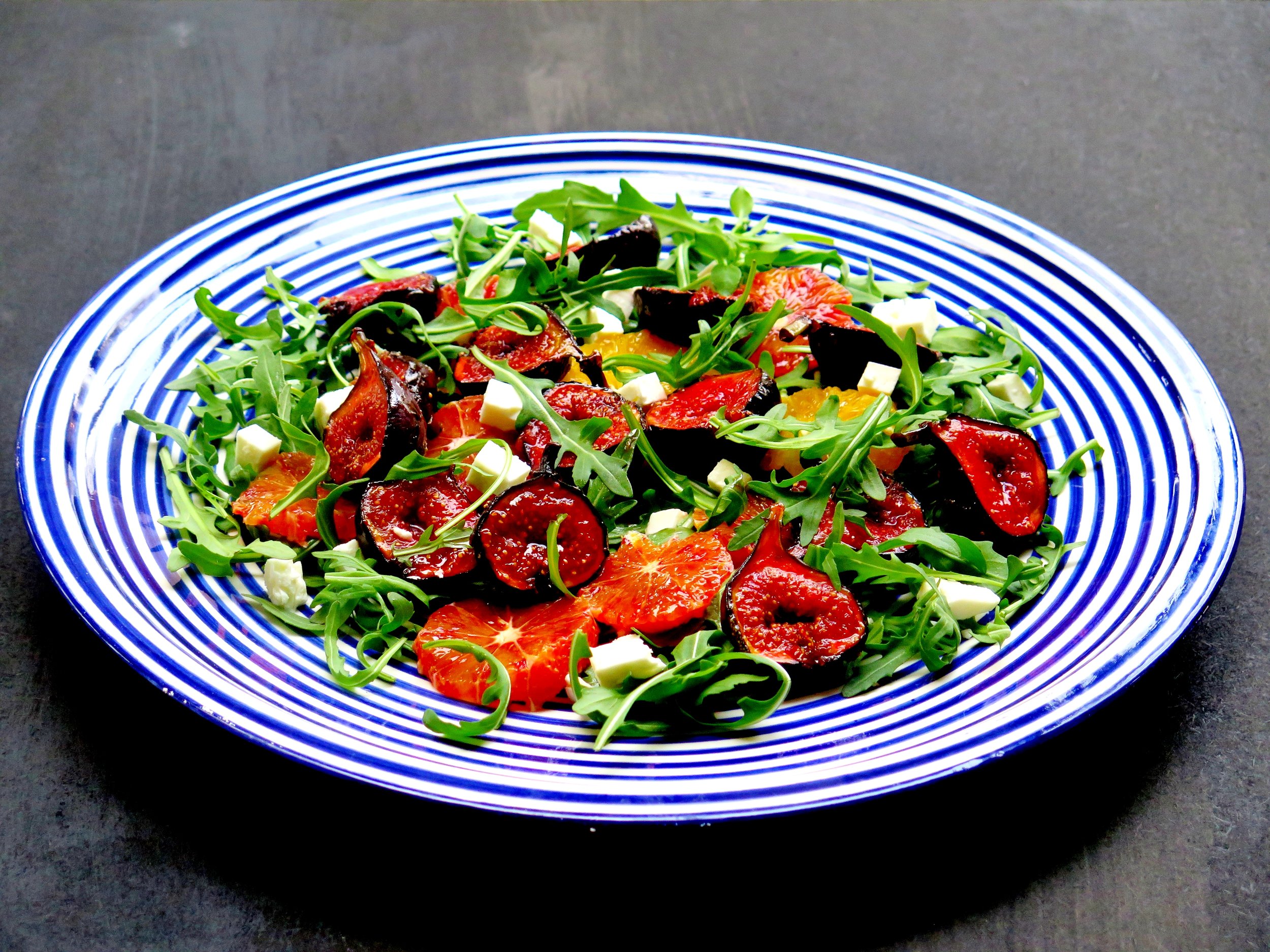




Cantucci (the Tuscan name for biscotti) are typically served with vin santo for dessert. I tend to chuck in whatever nut or dried fruit we have available, and this particular combo worked out exceptionally well: the tanginess and chew from the oranges, the toasty crunch of the hazelnuts, and the plump, wine-soaked sweetness from the figs. I try not to overcook them so as to retain some of that satisfying chewiness.